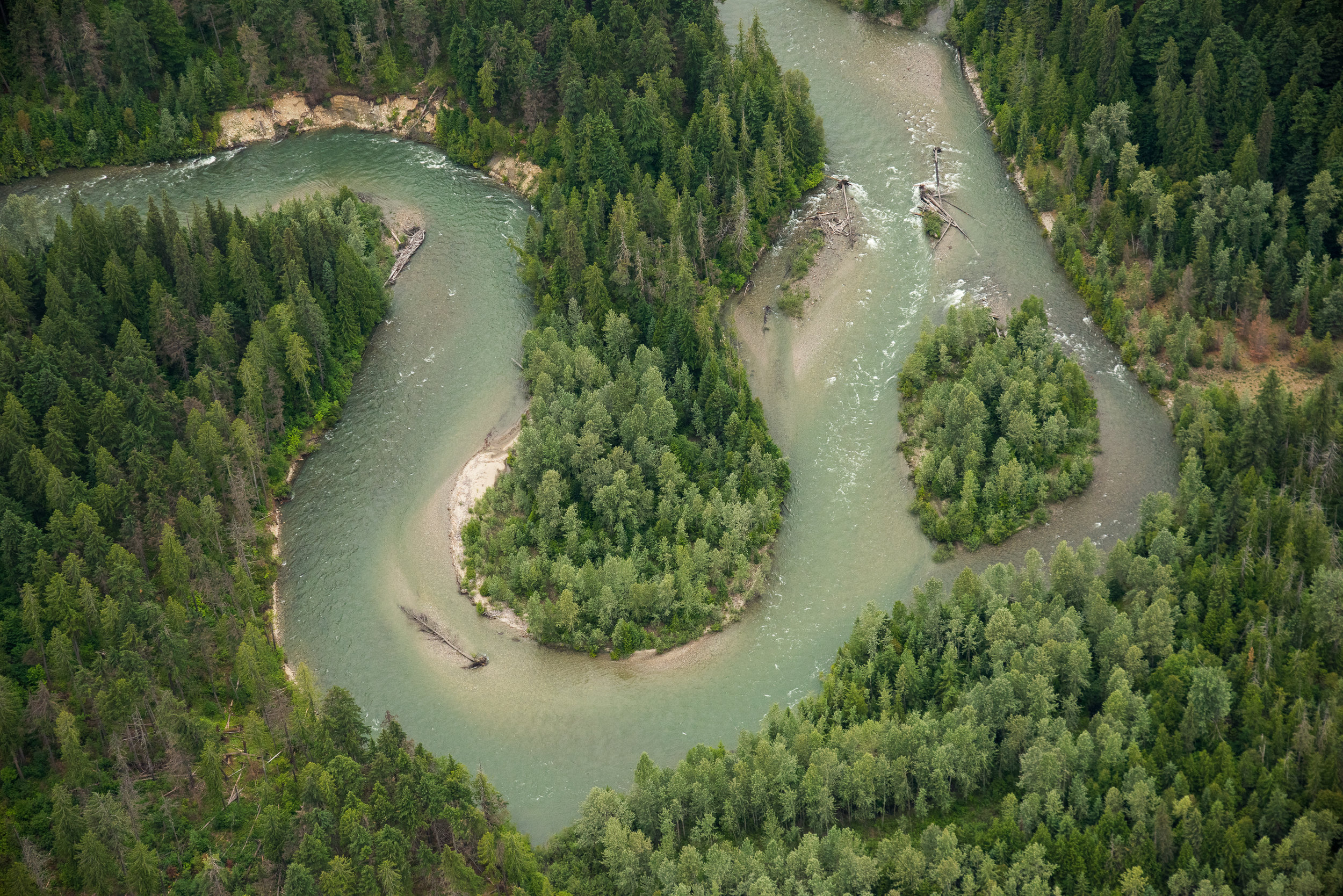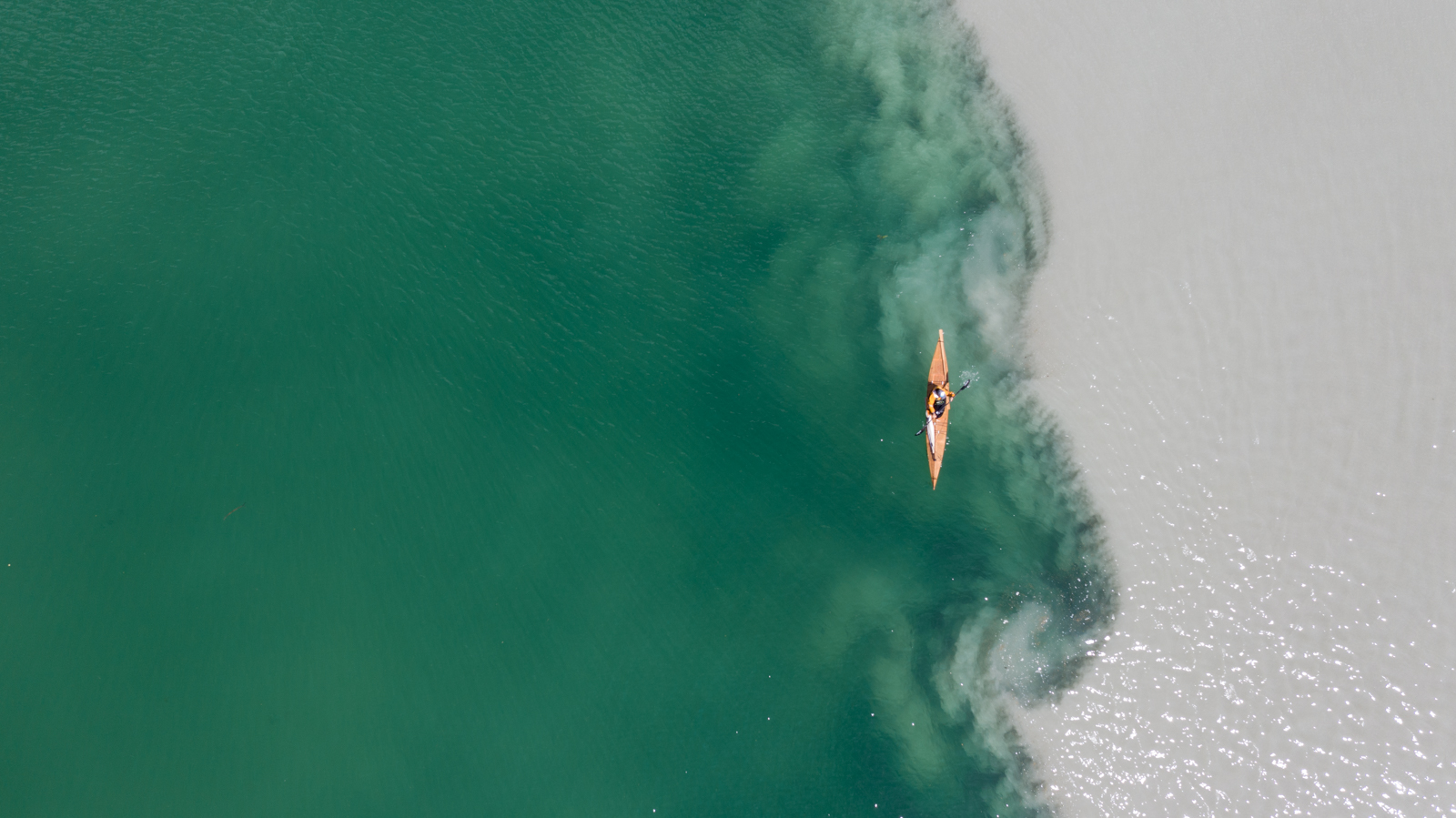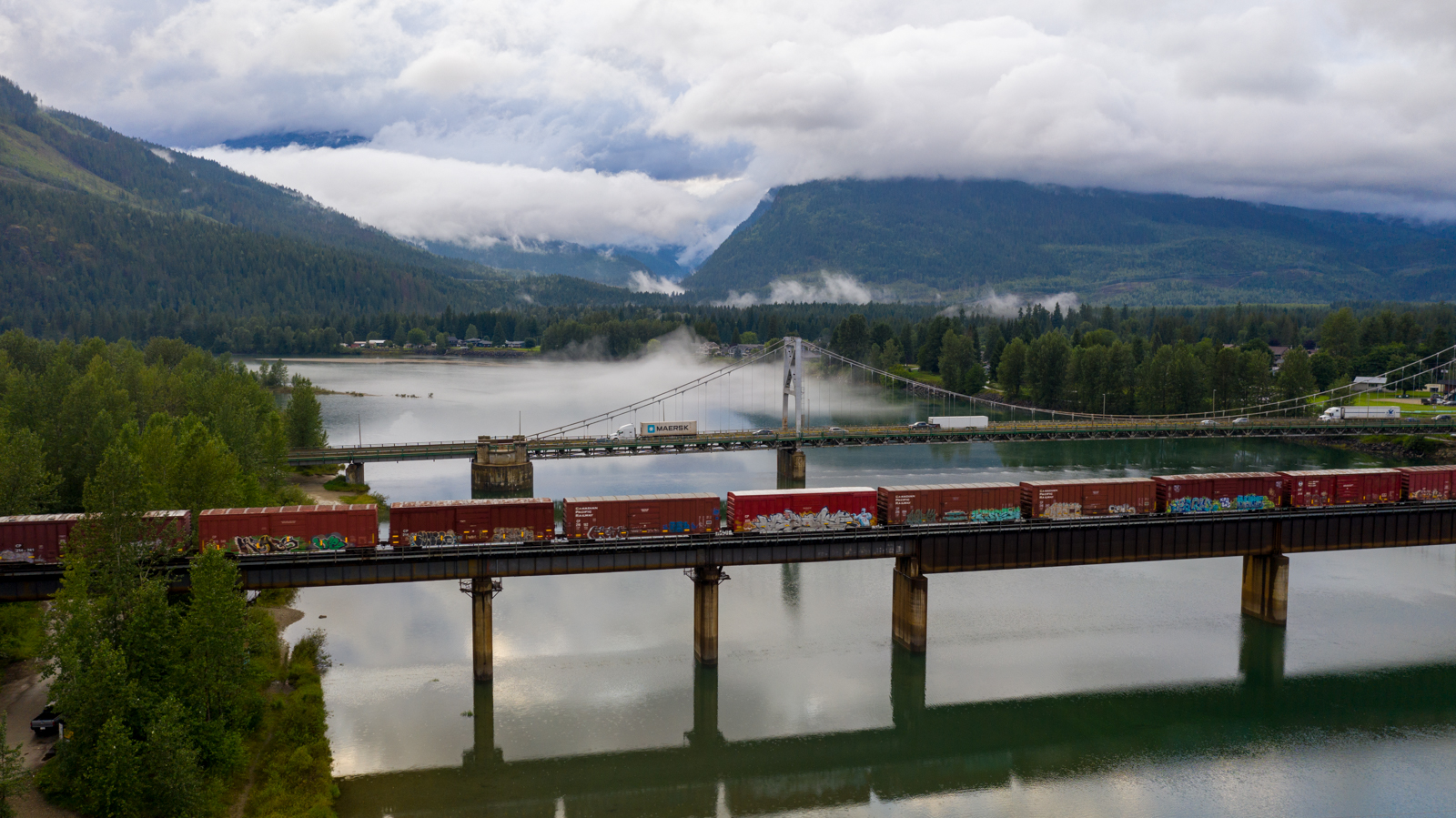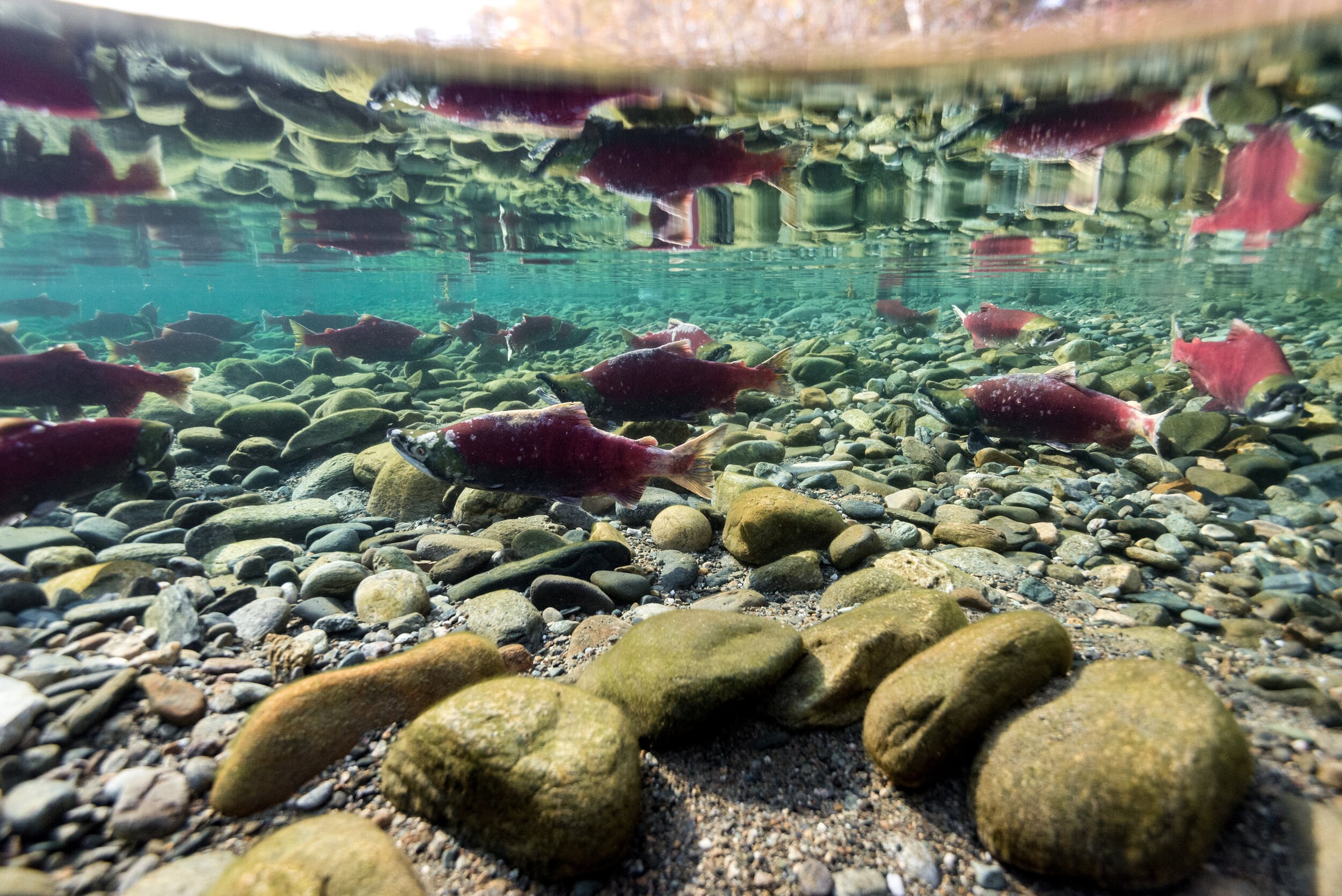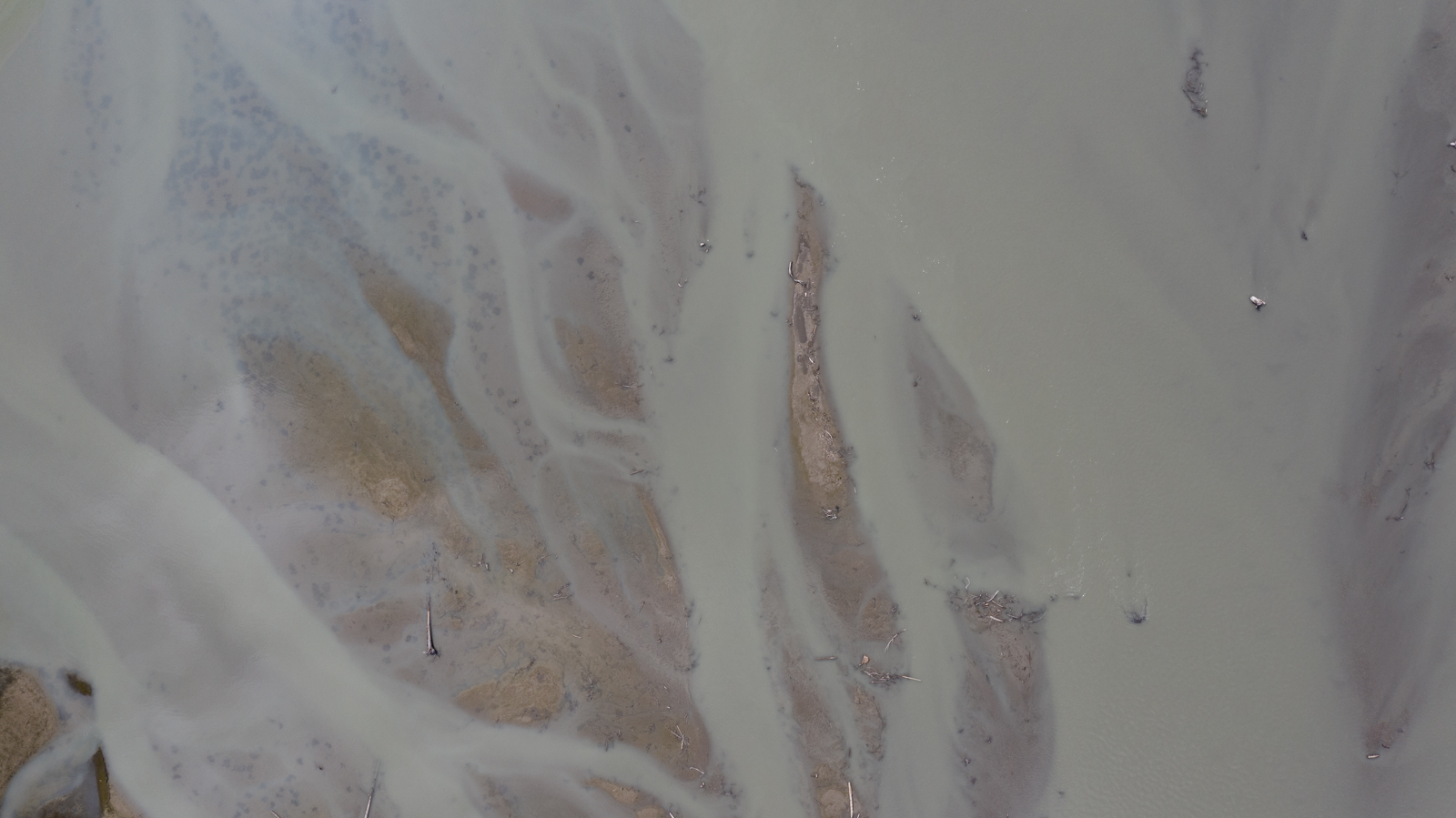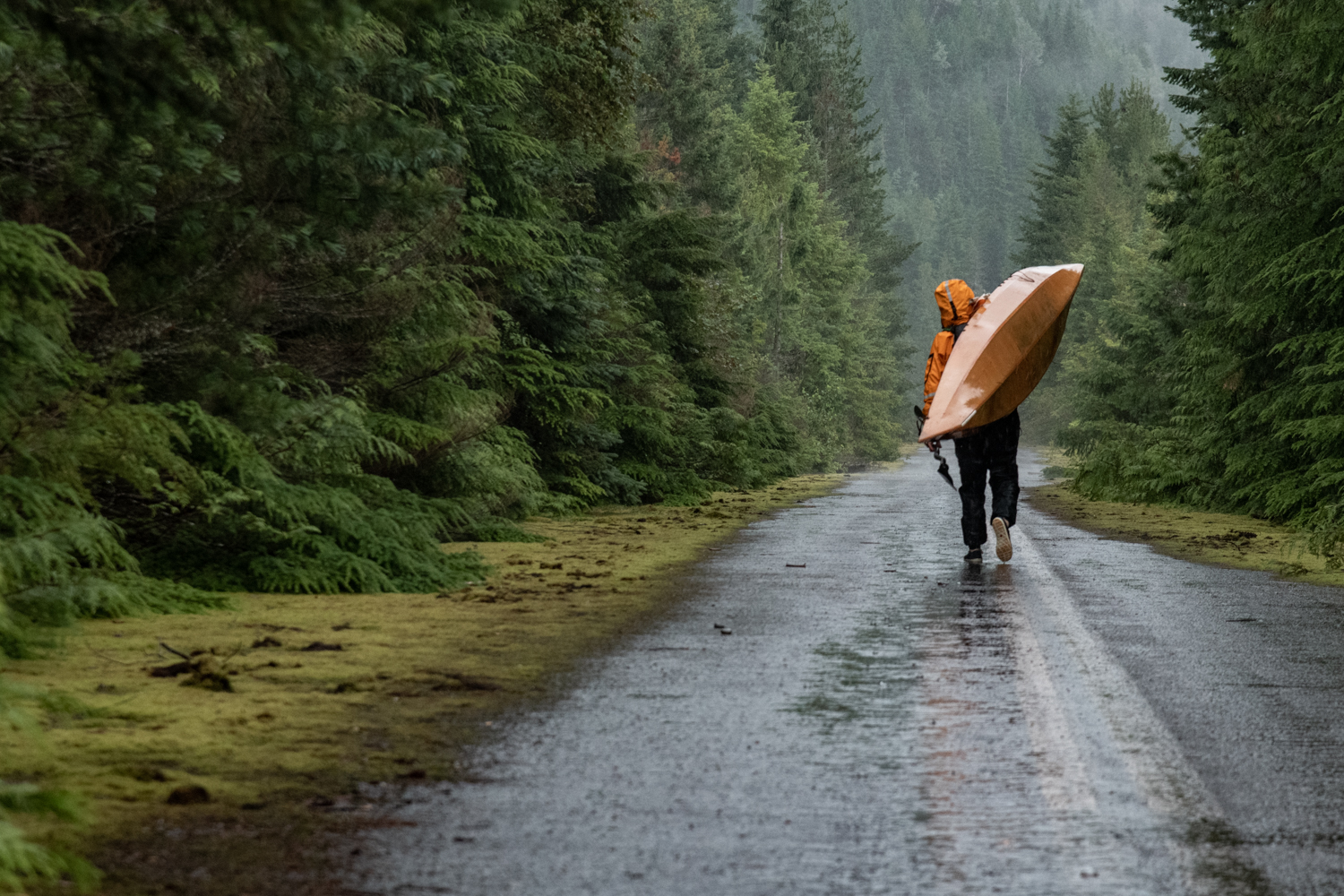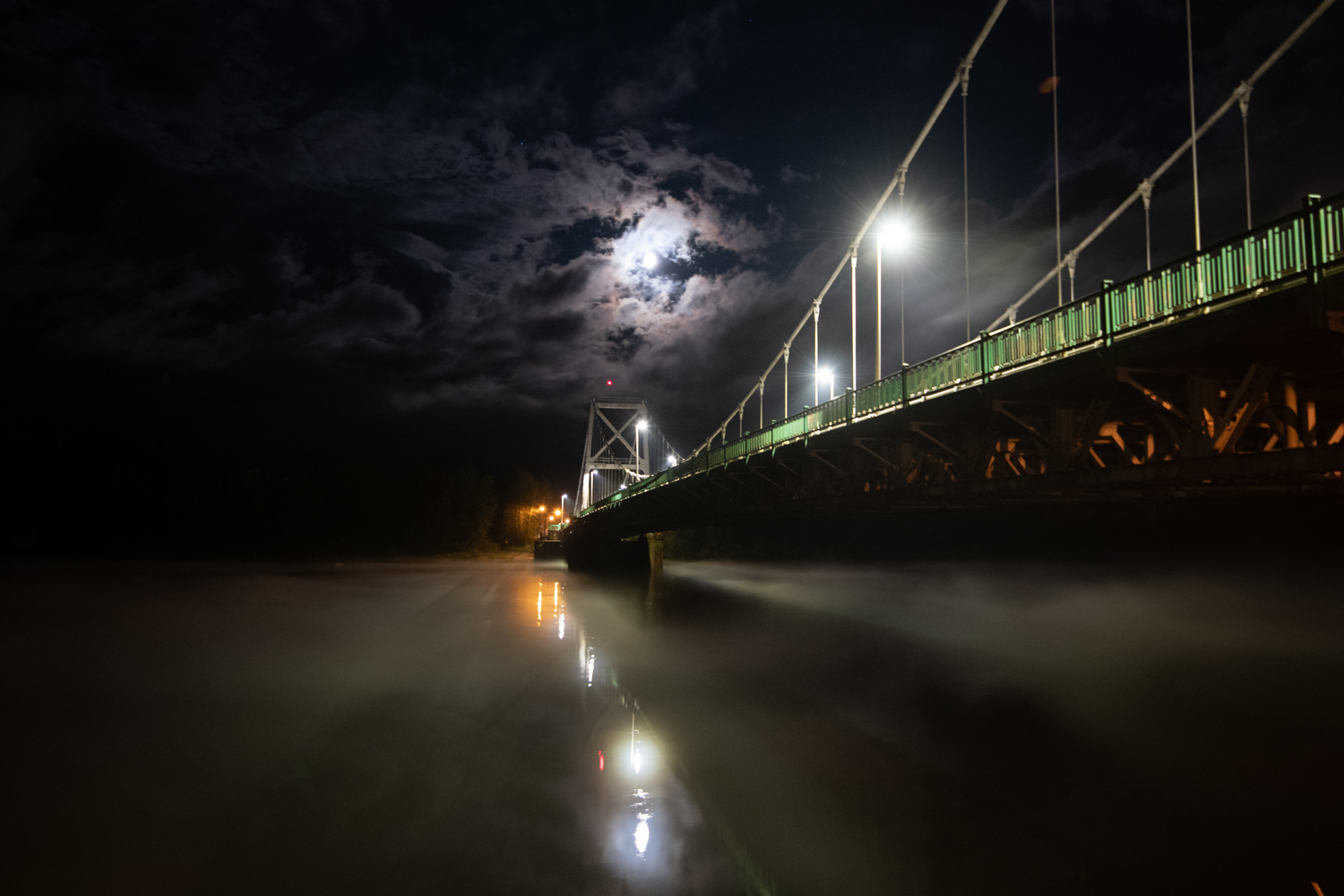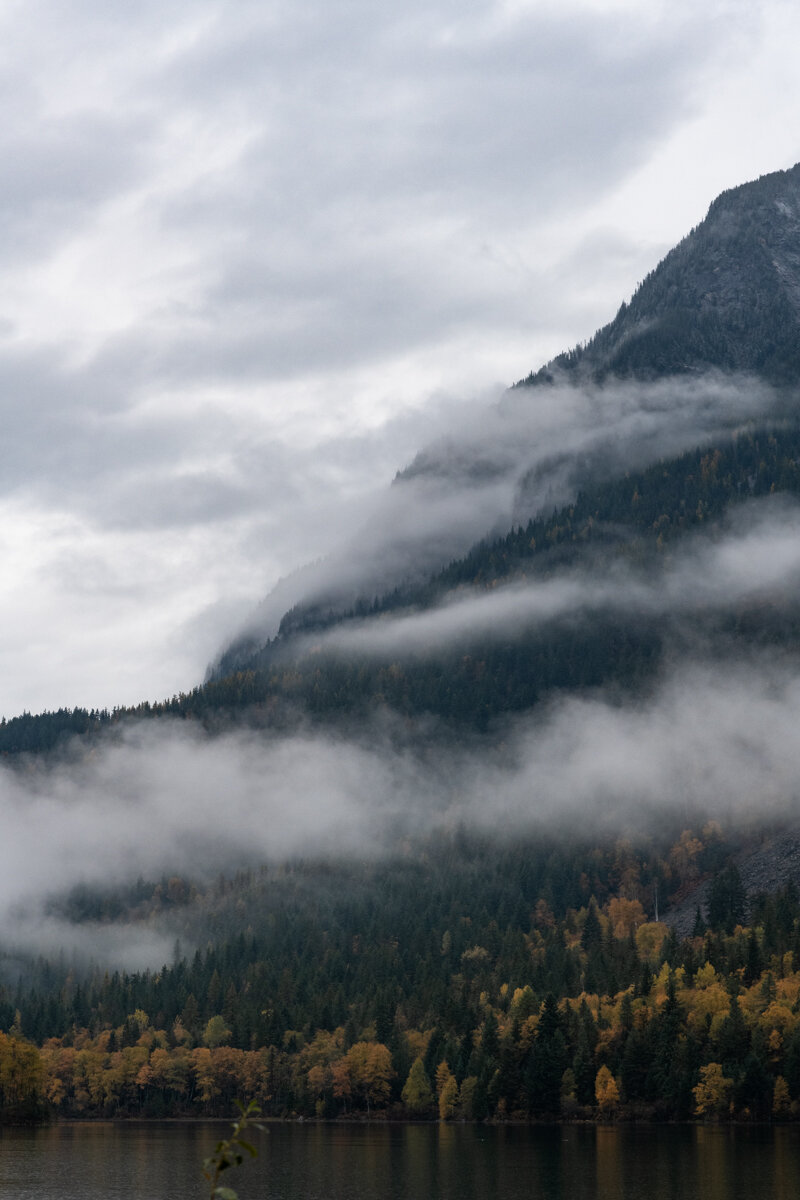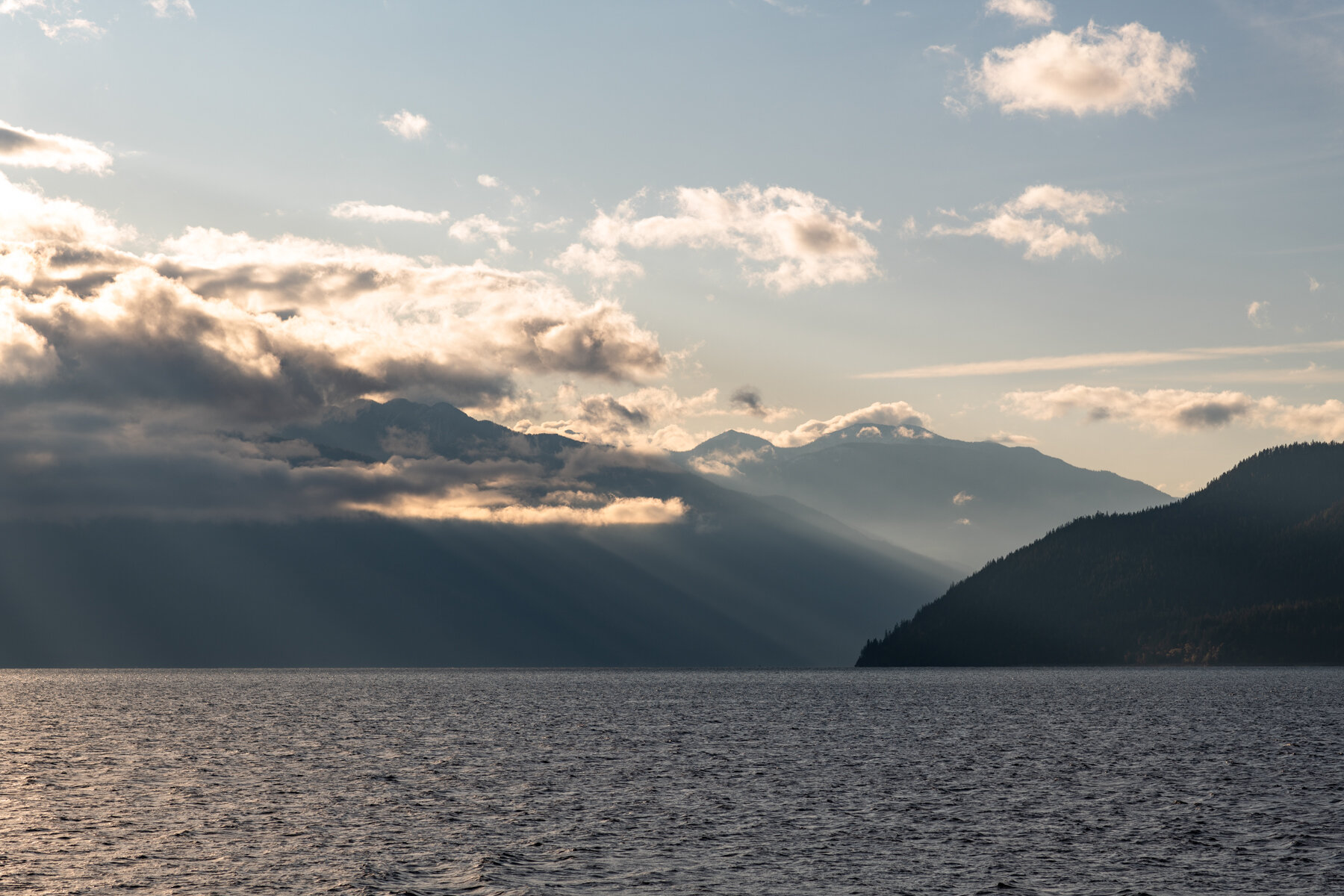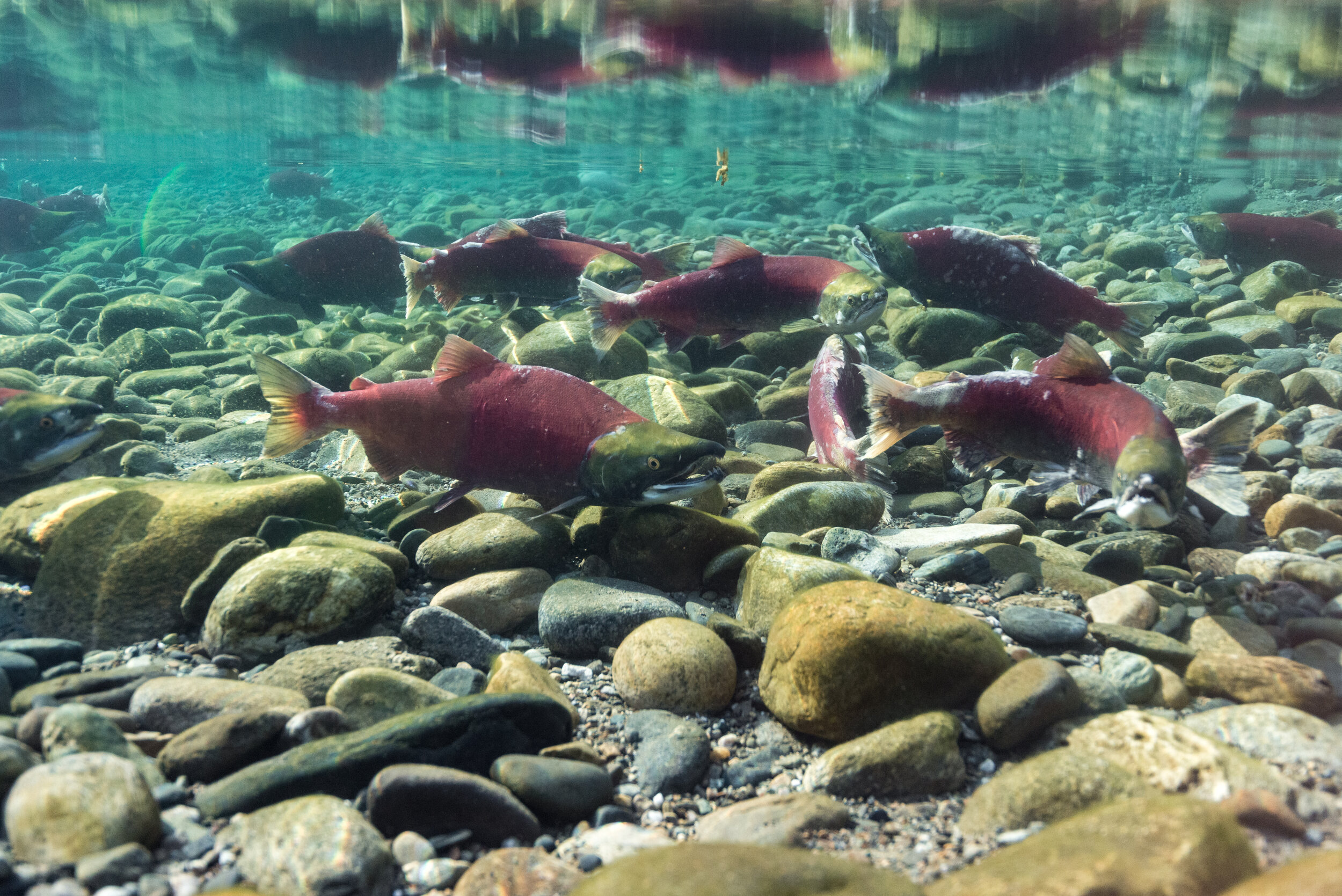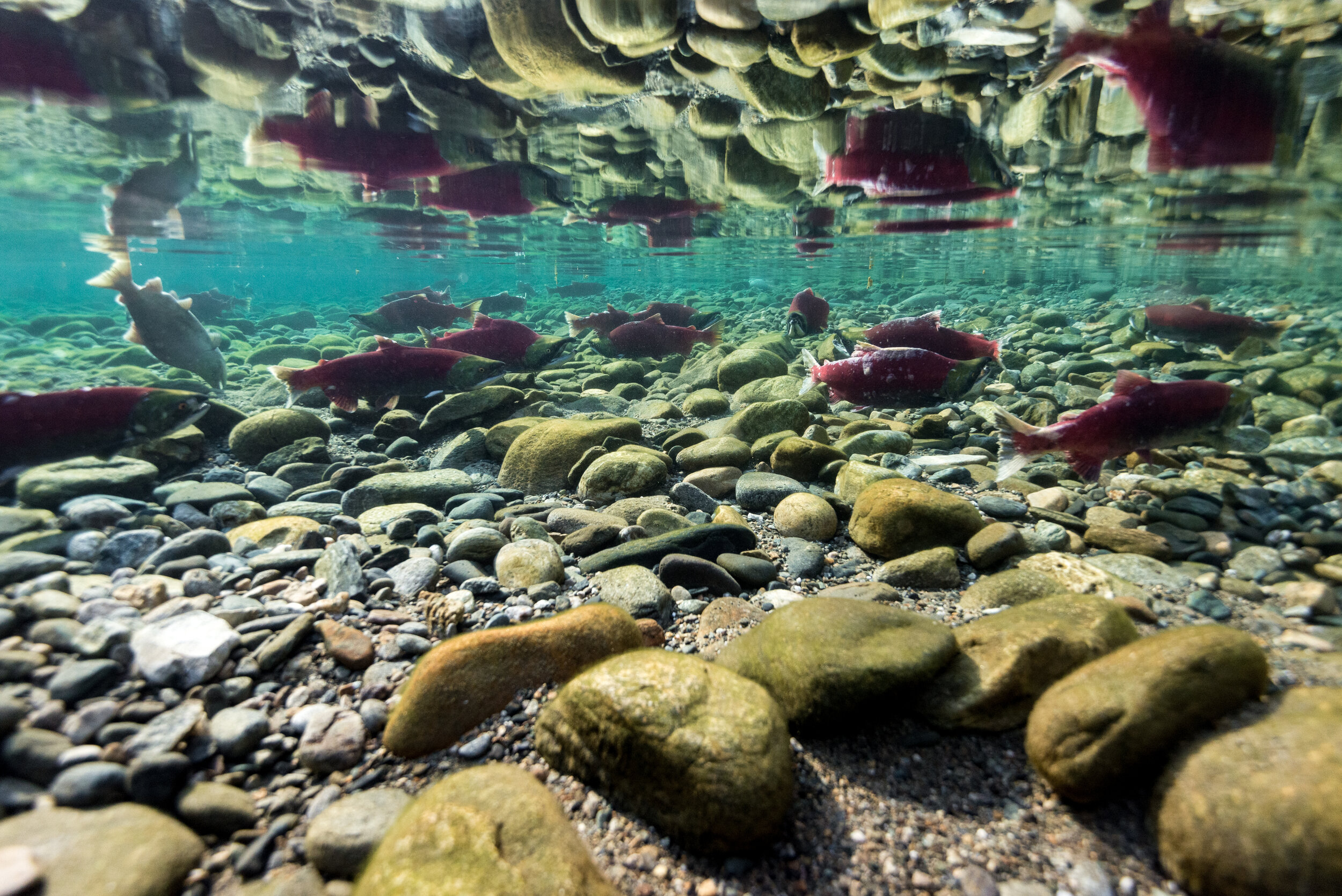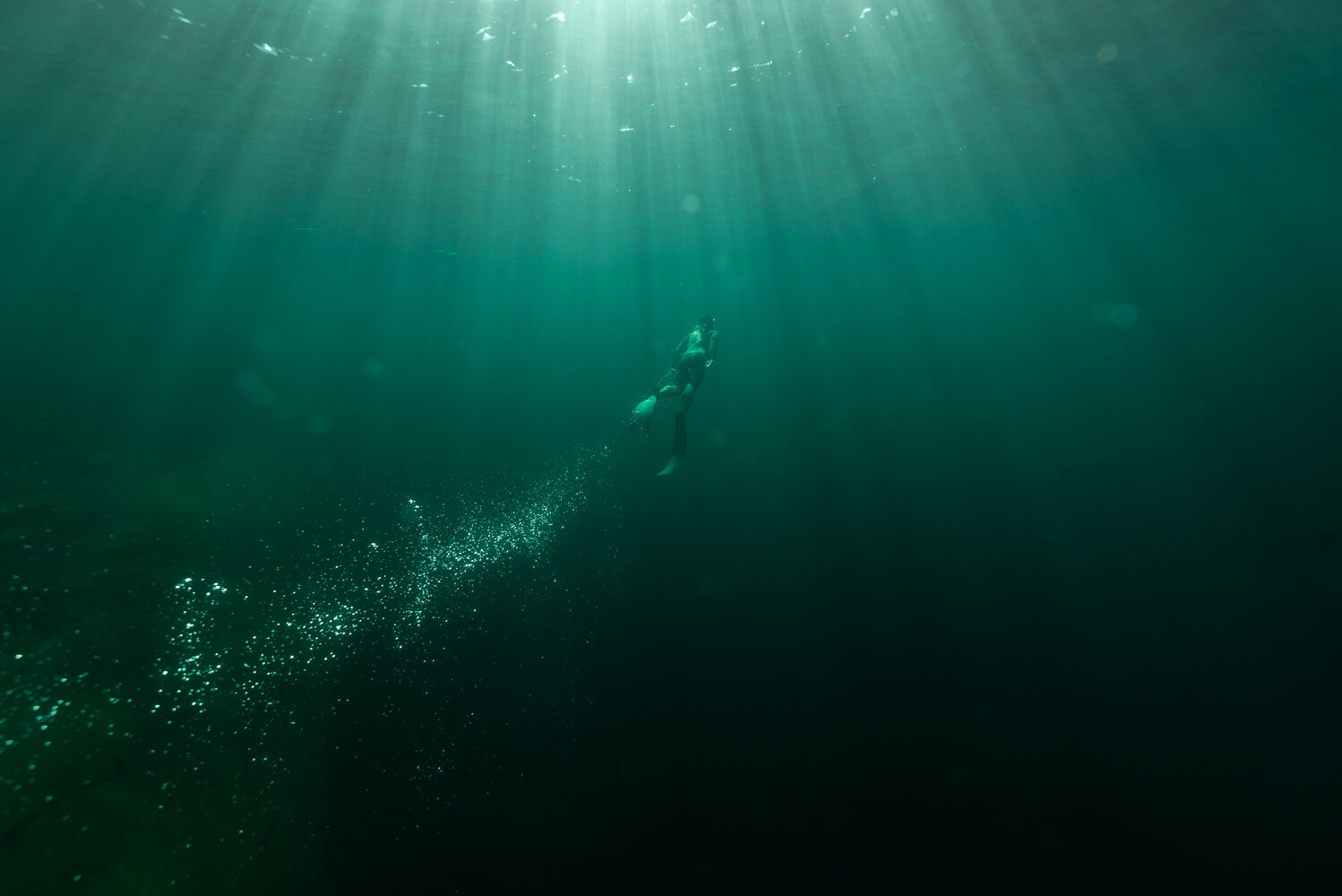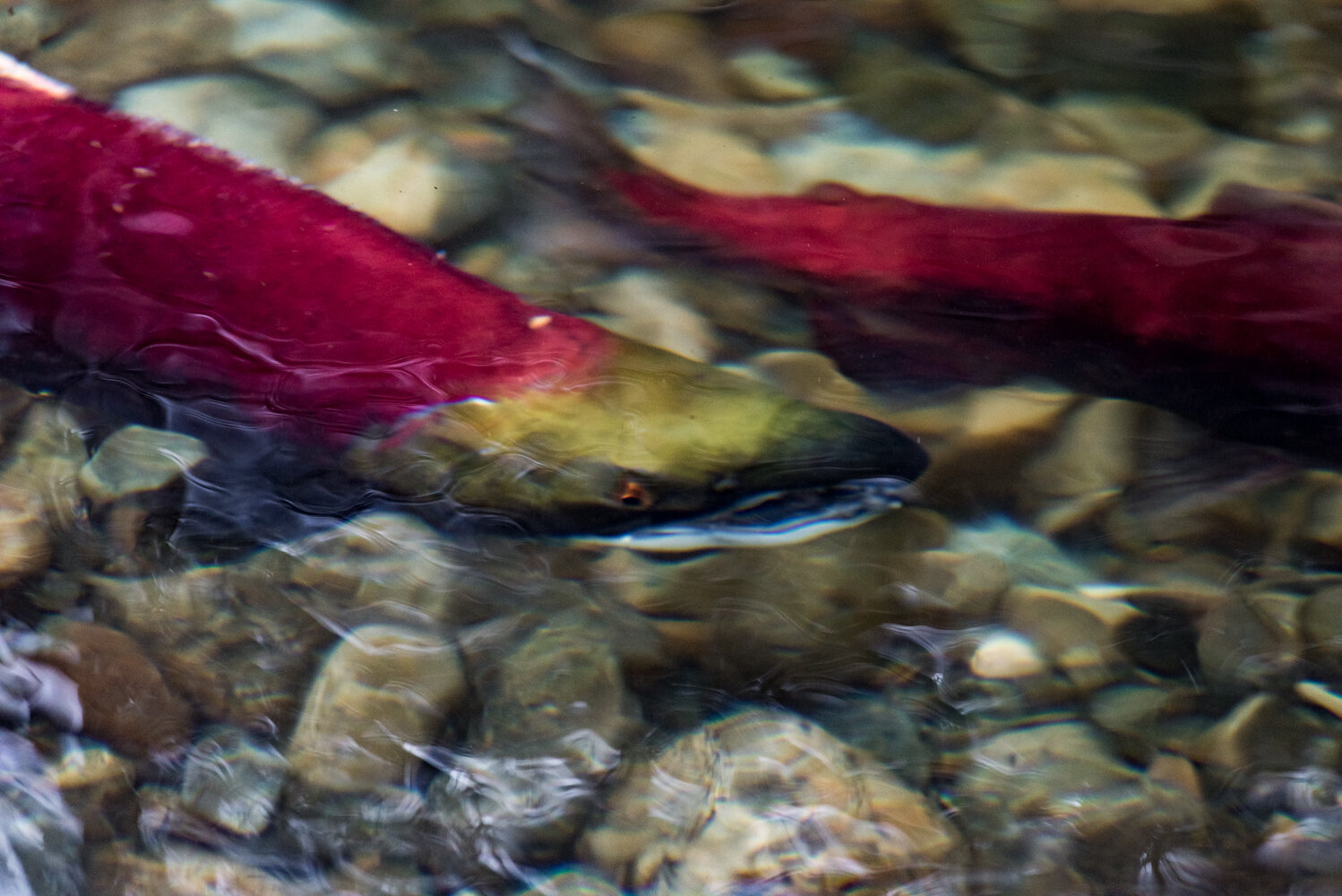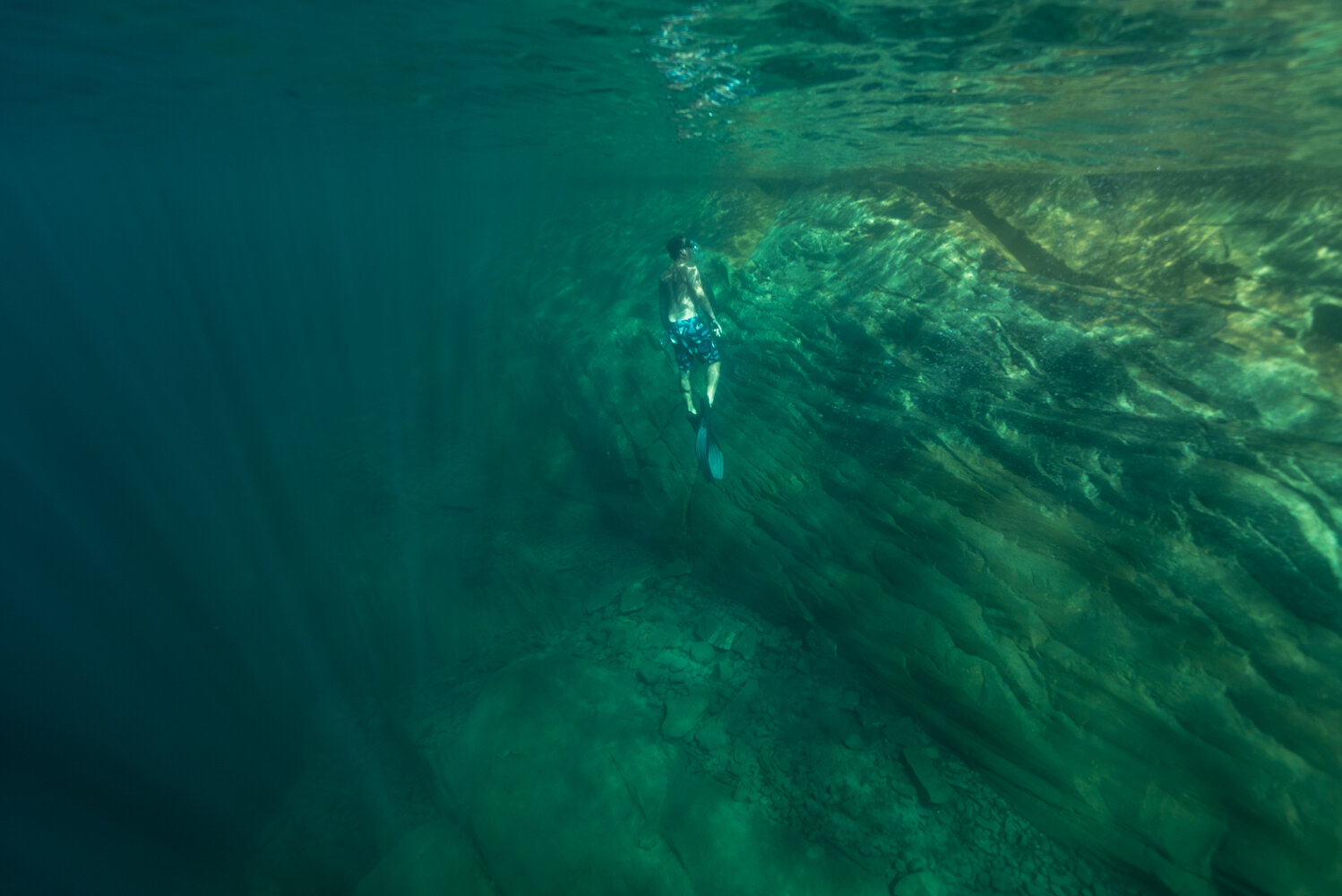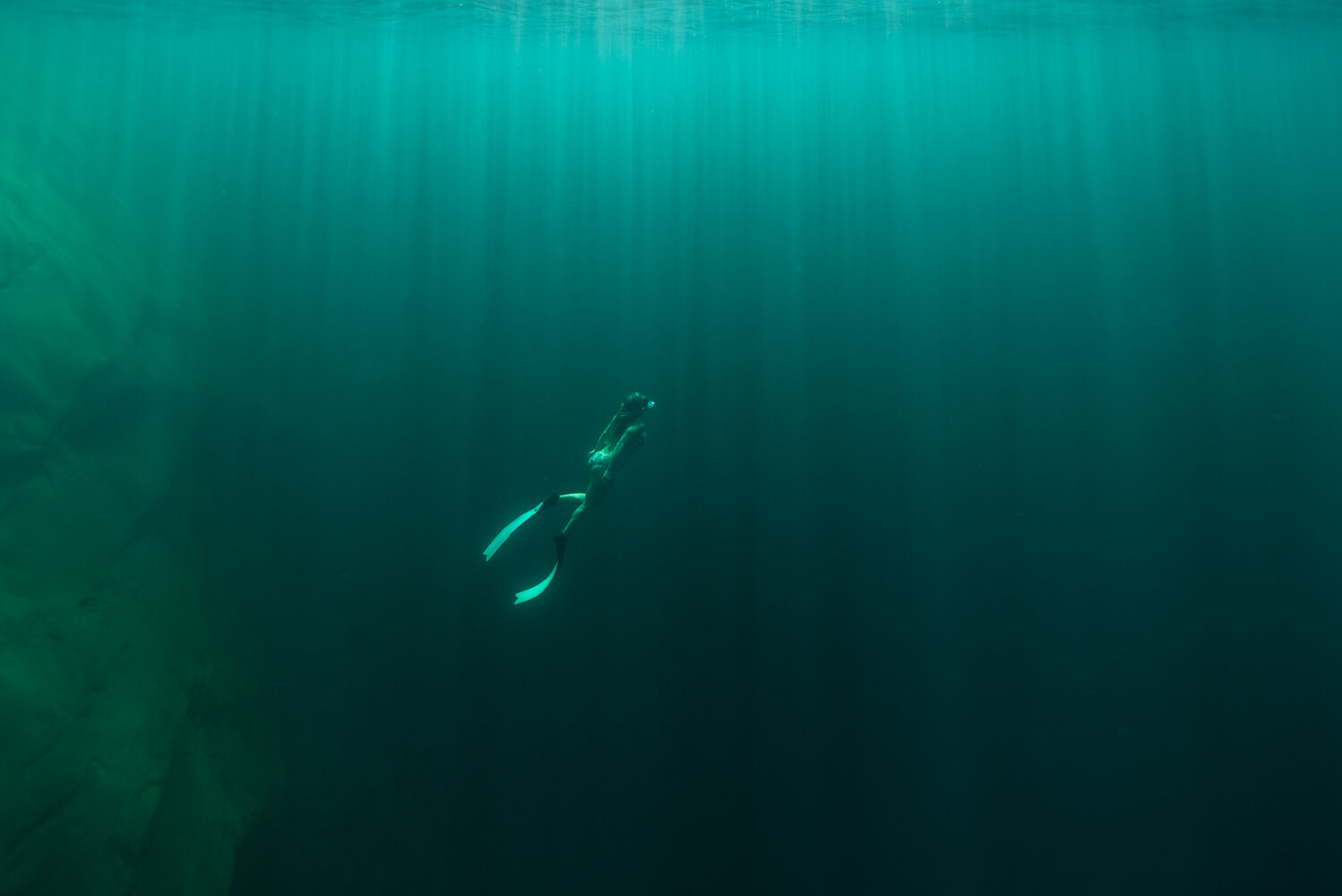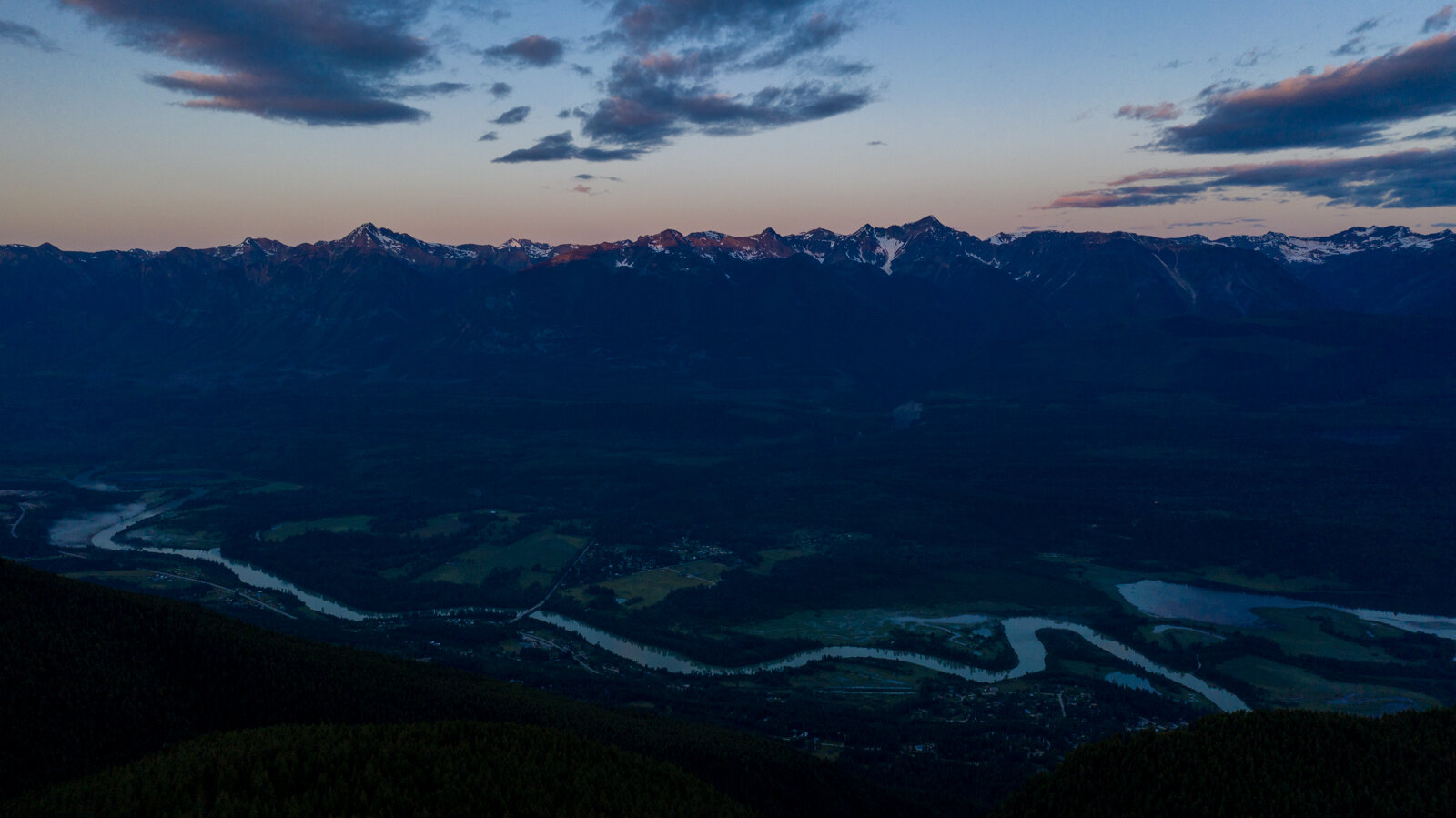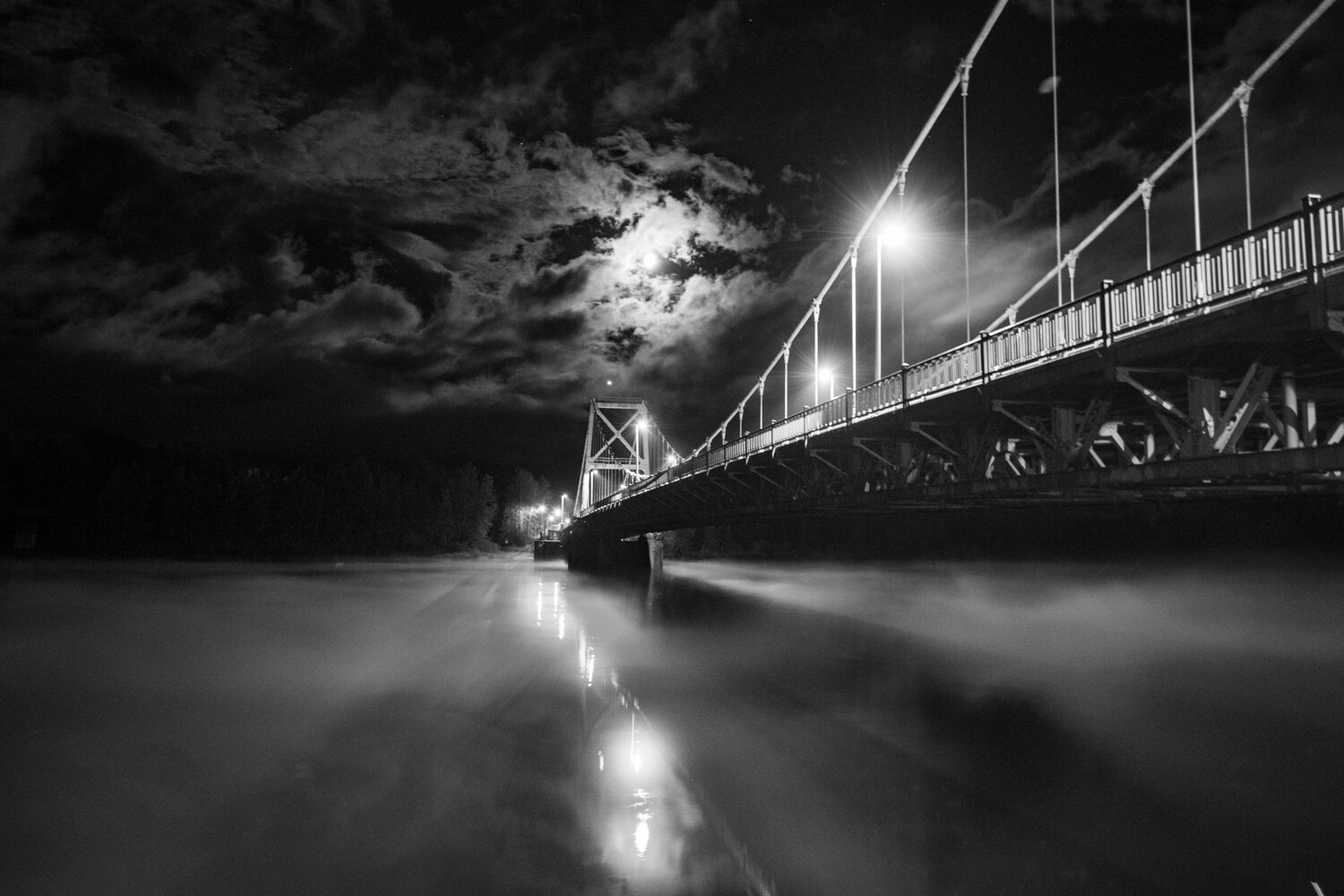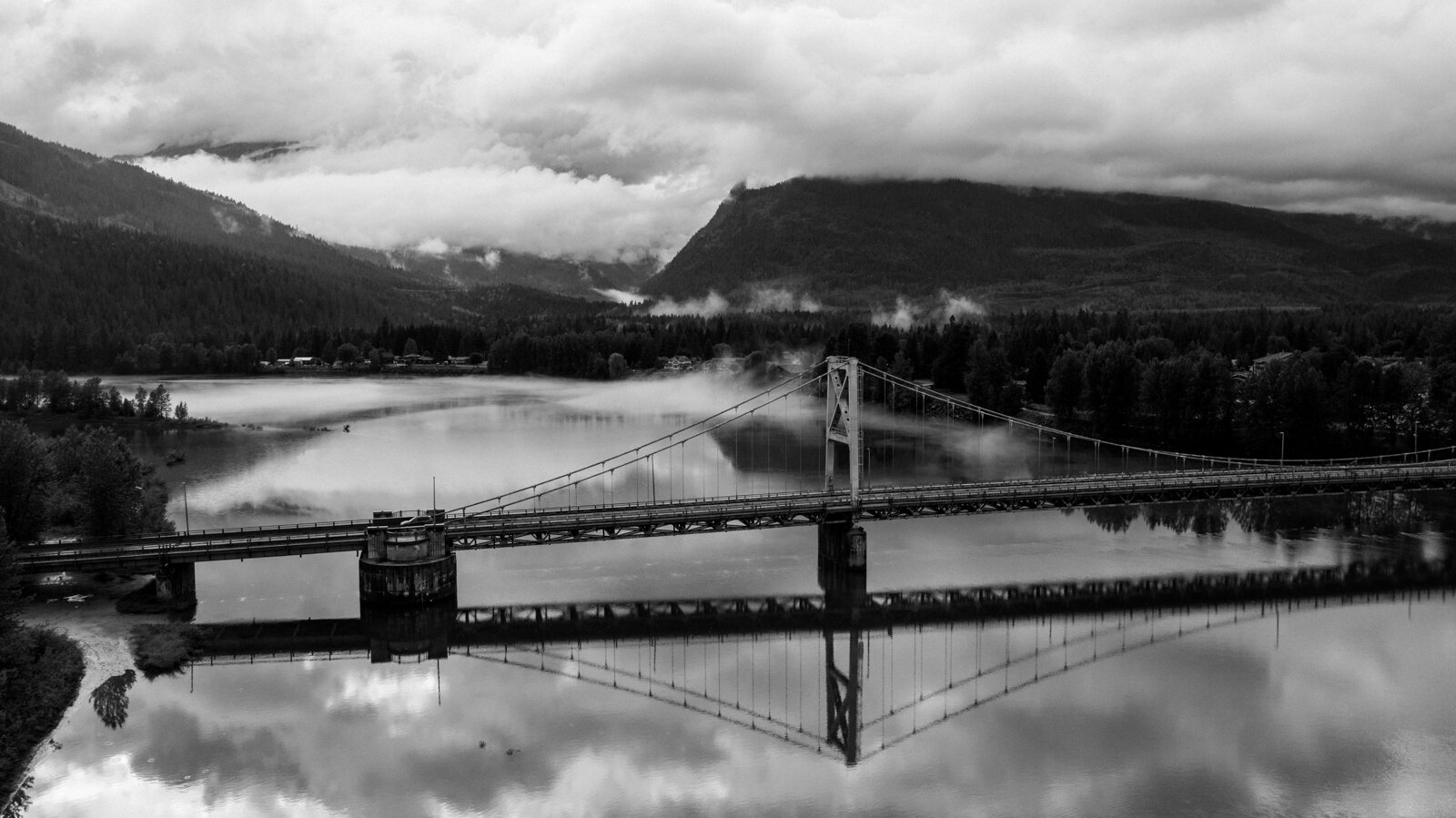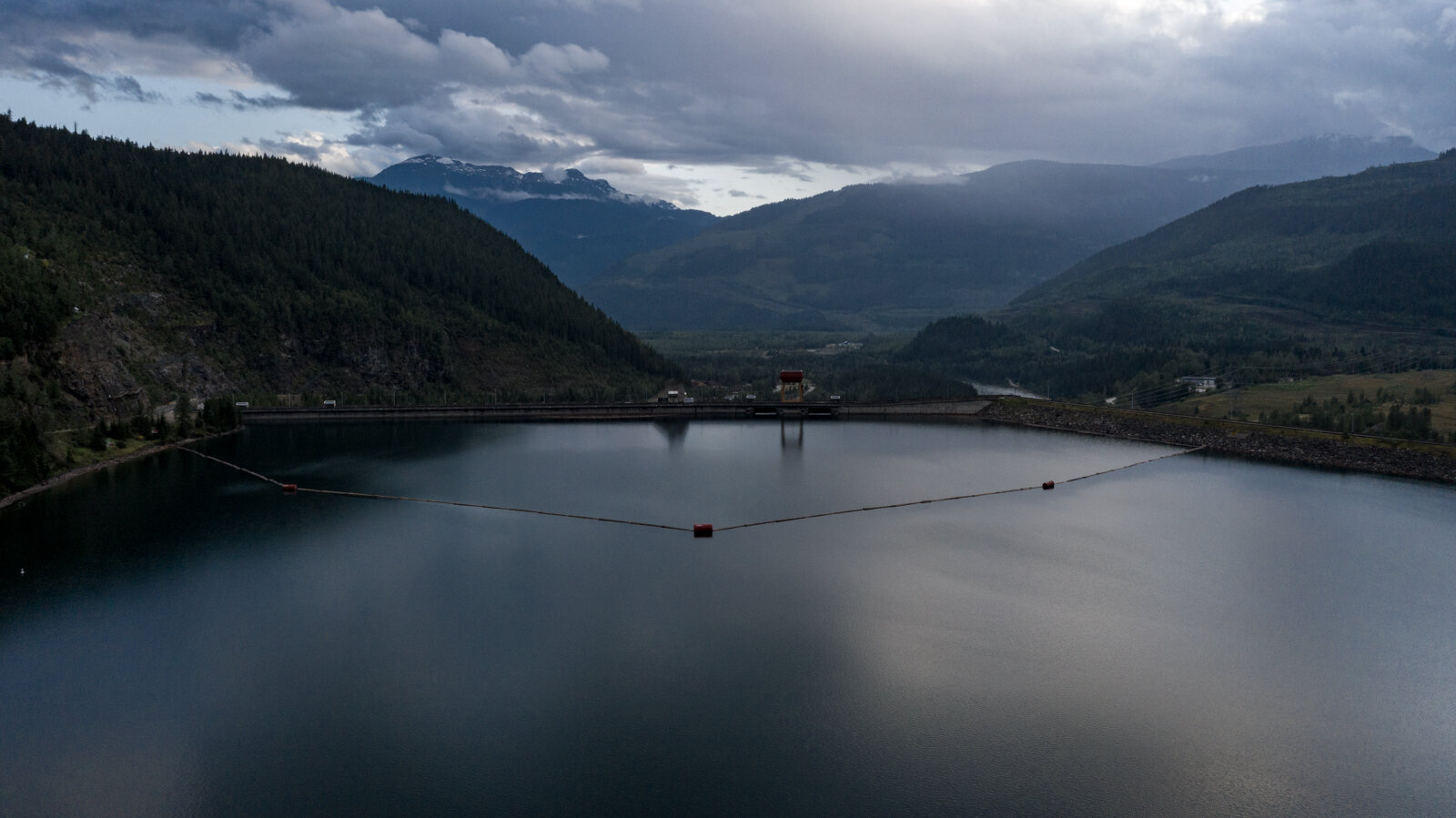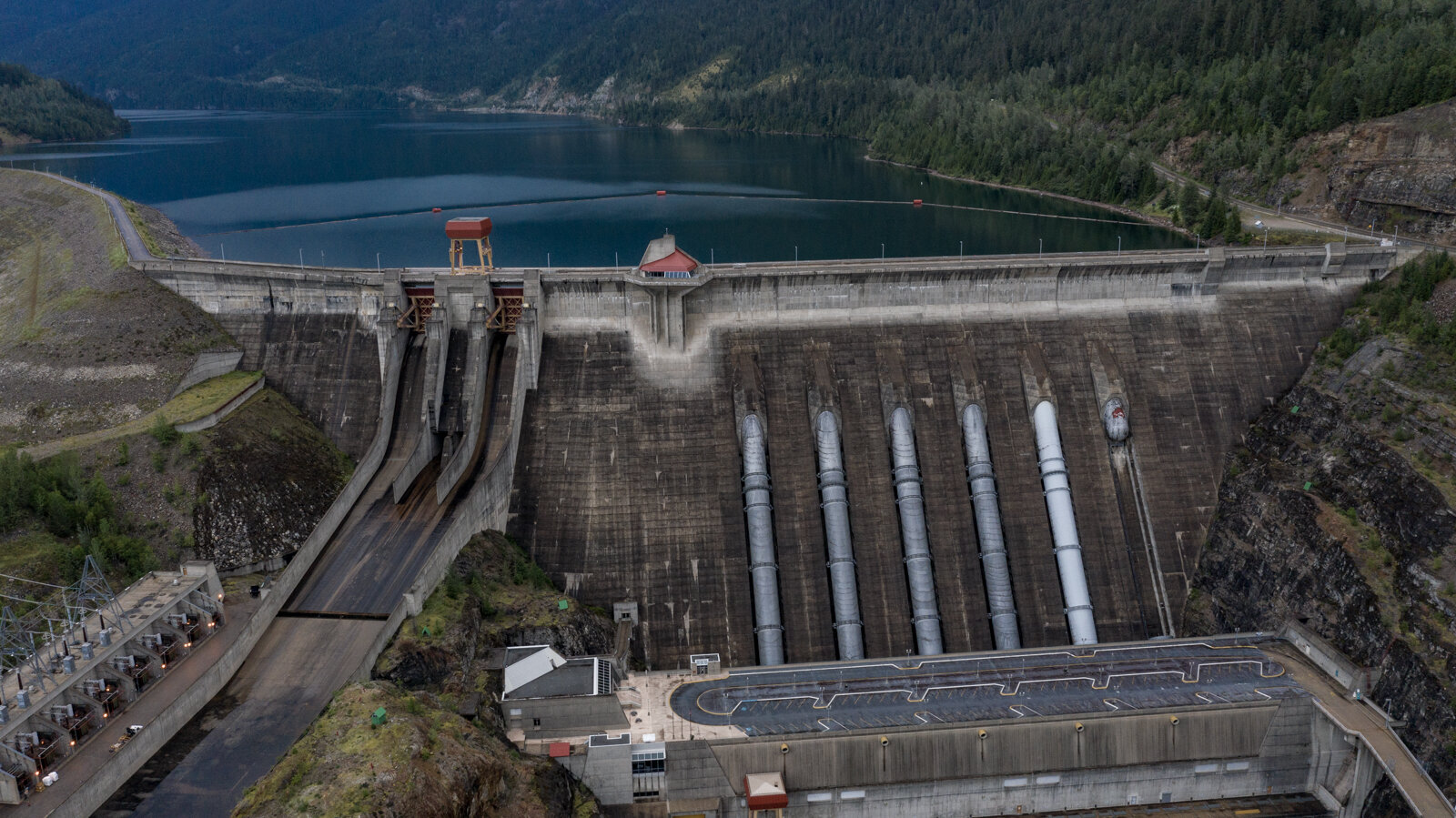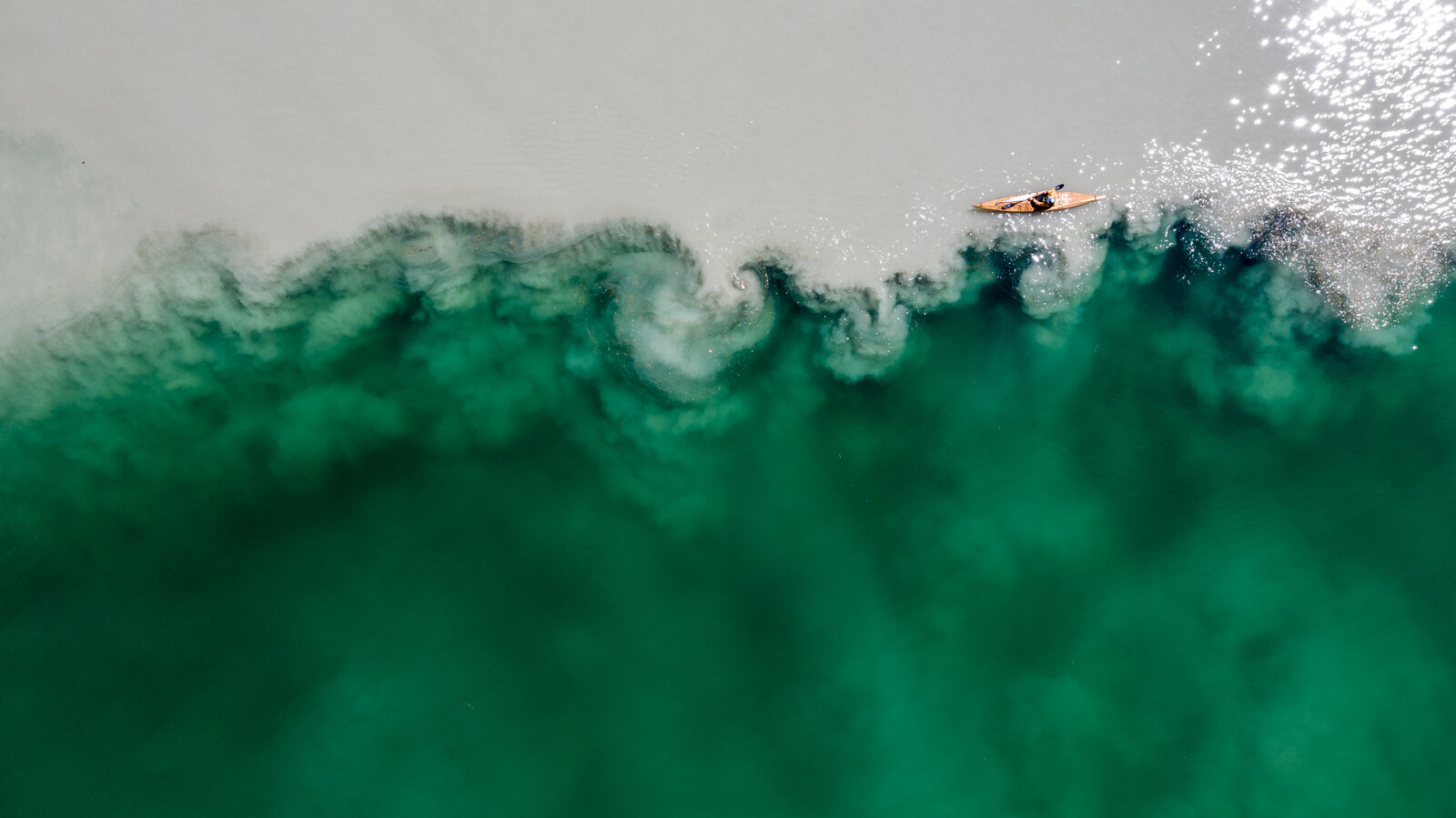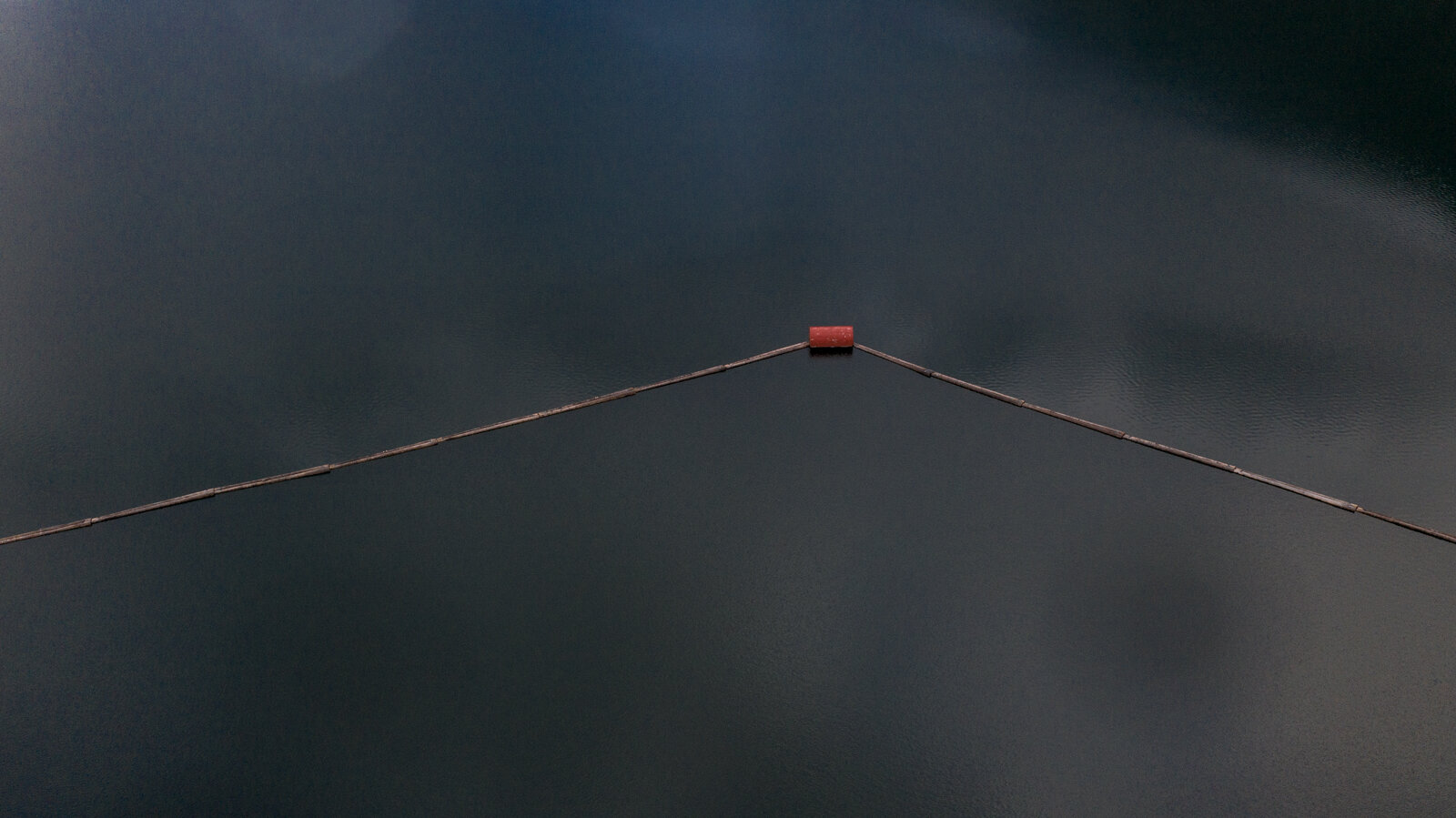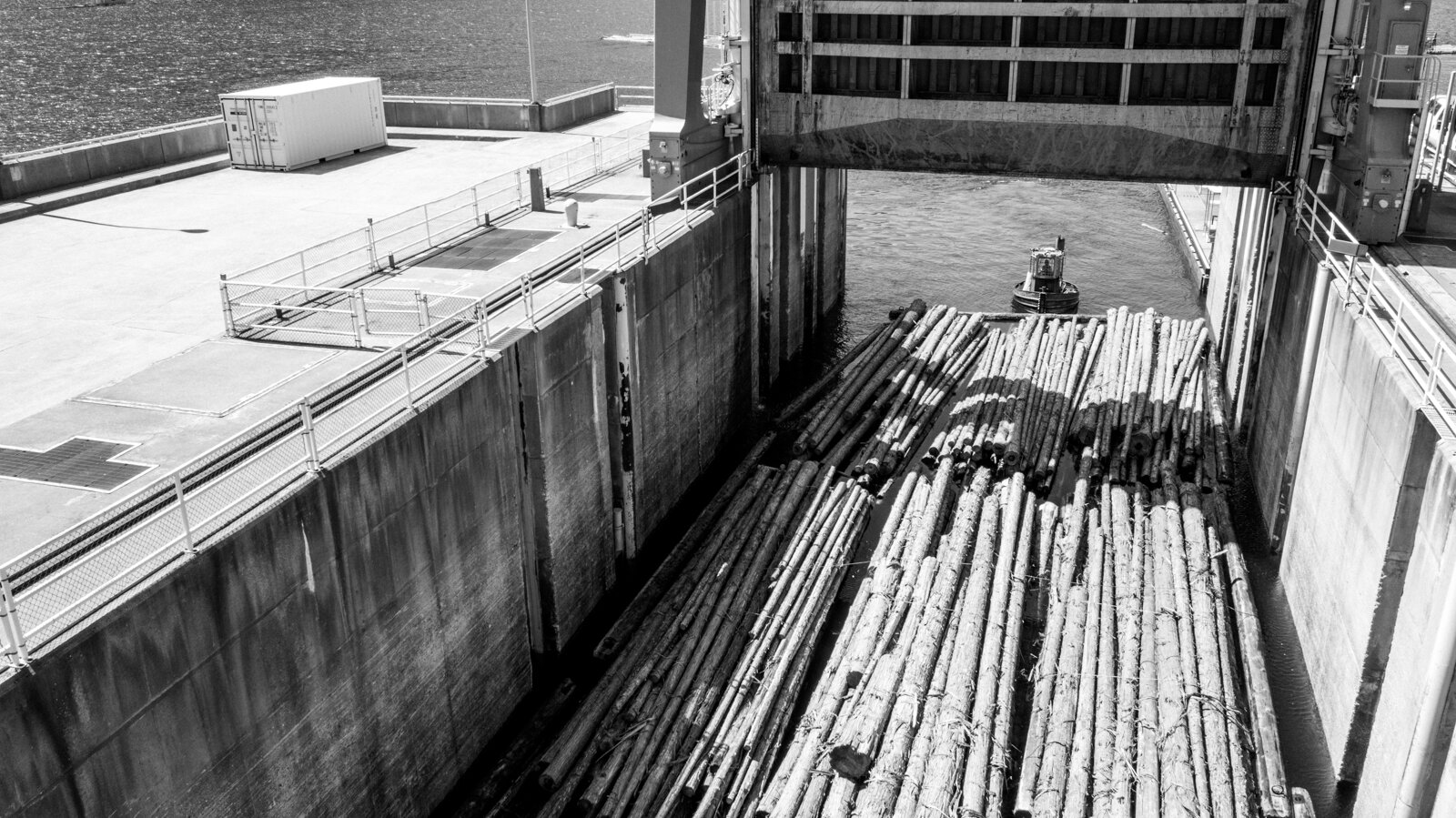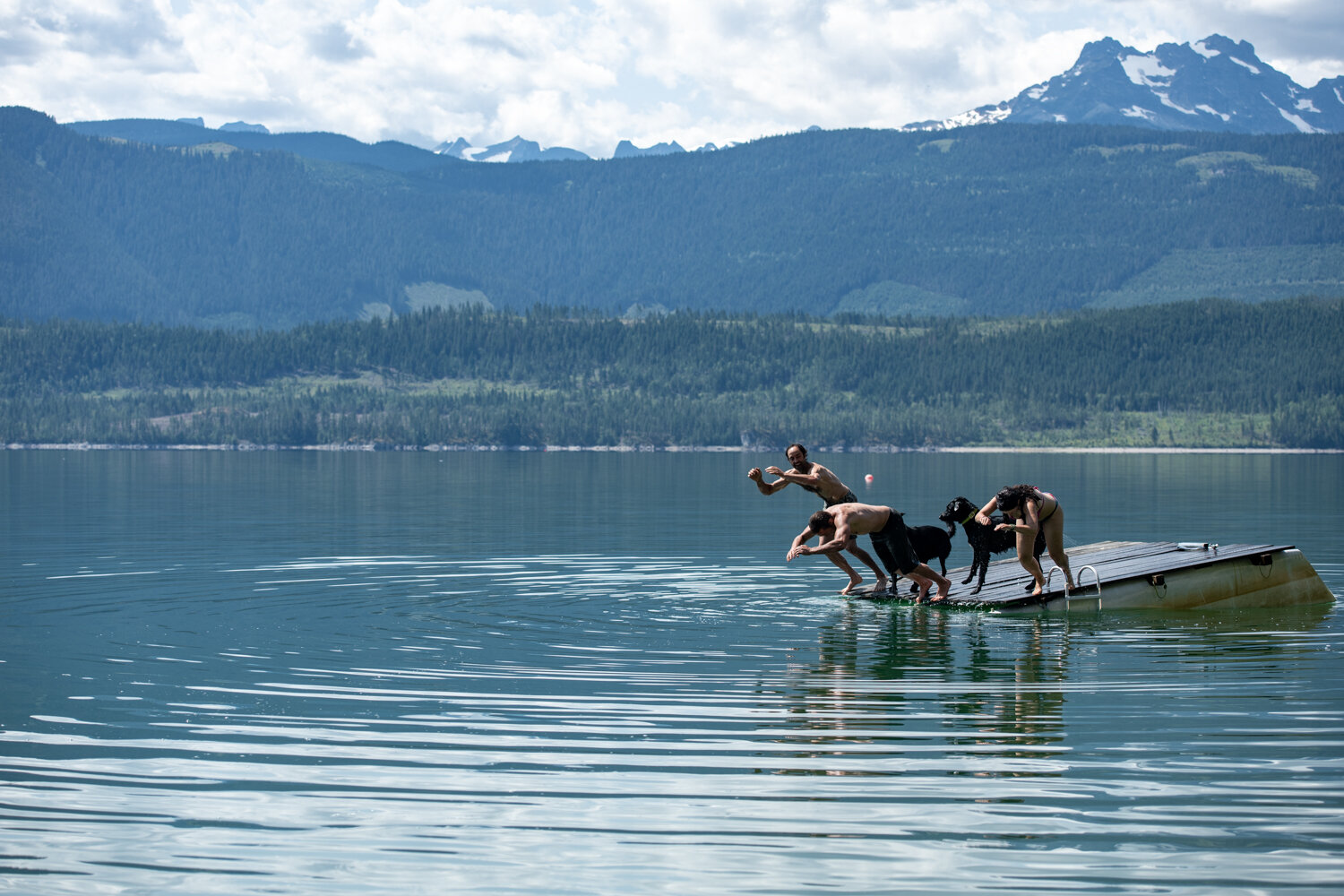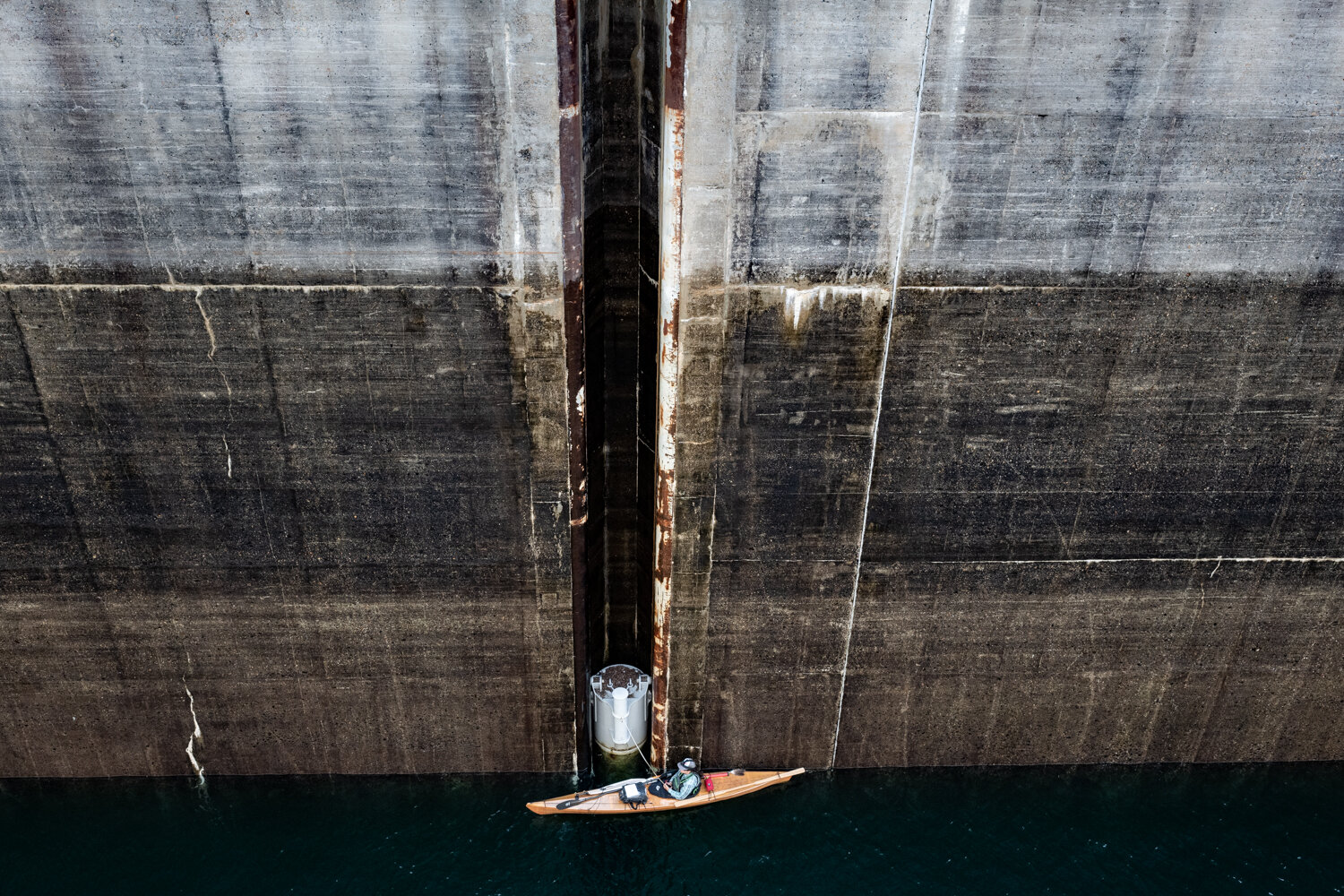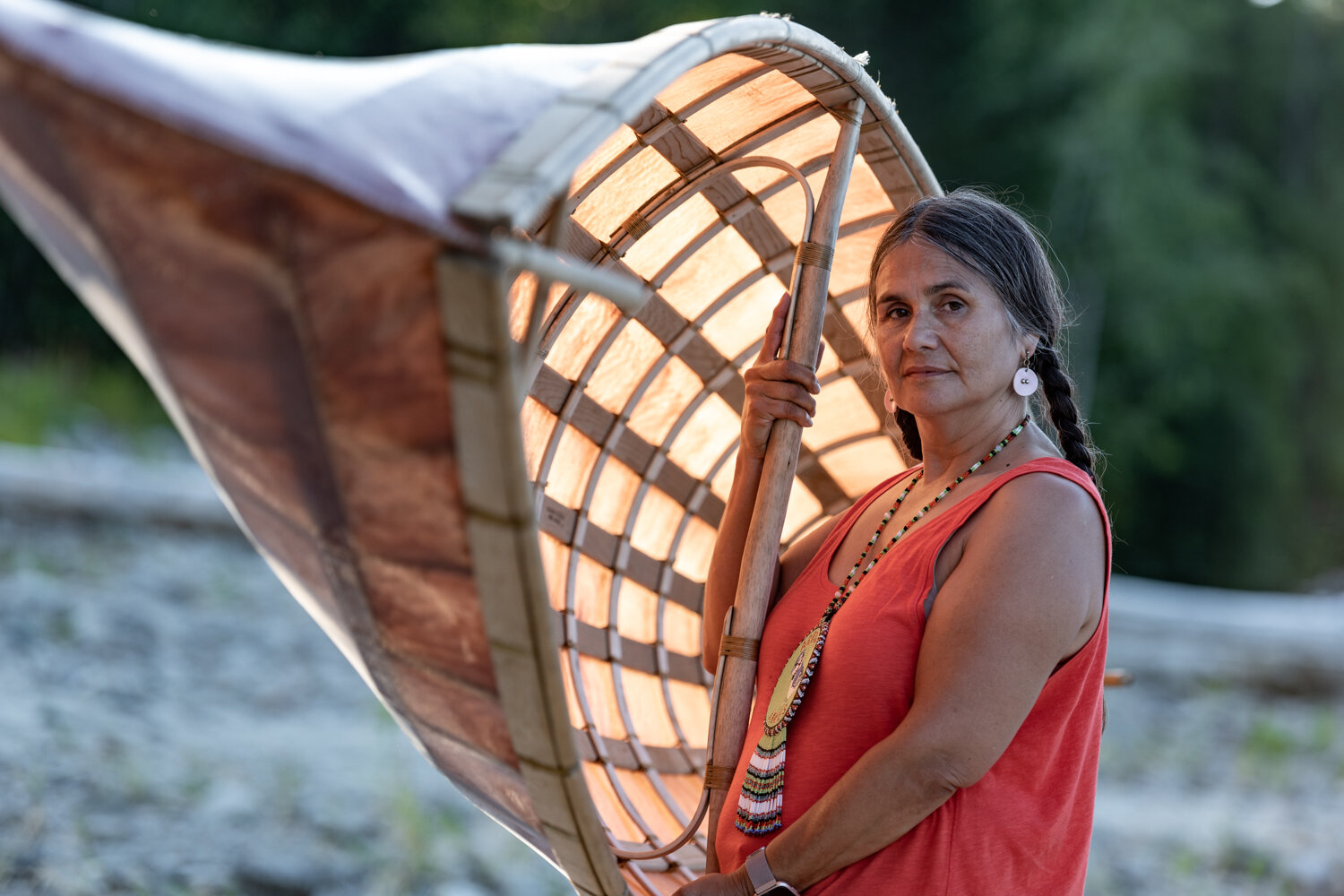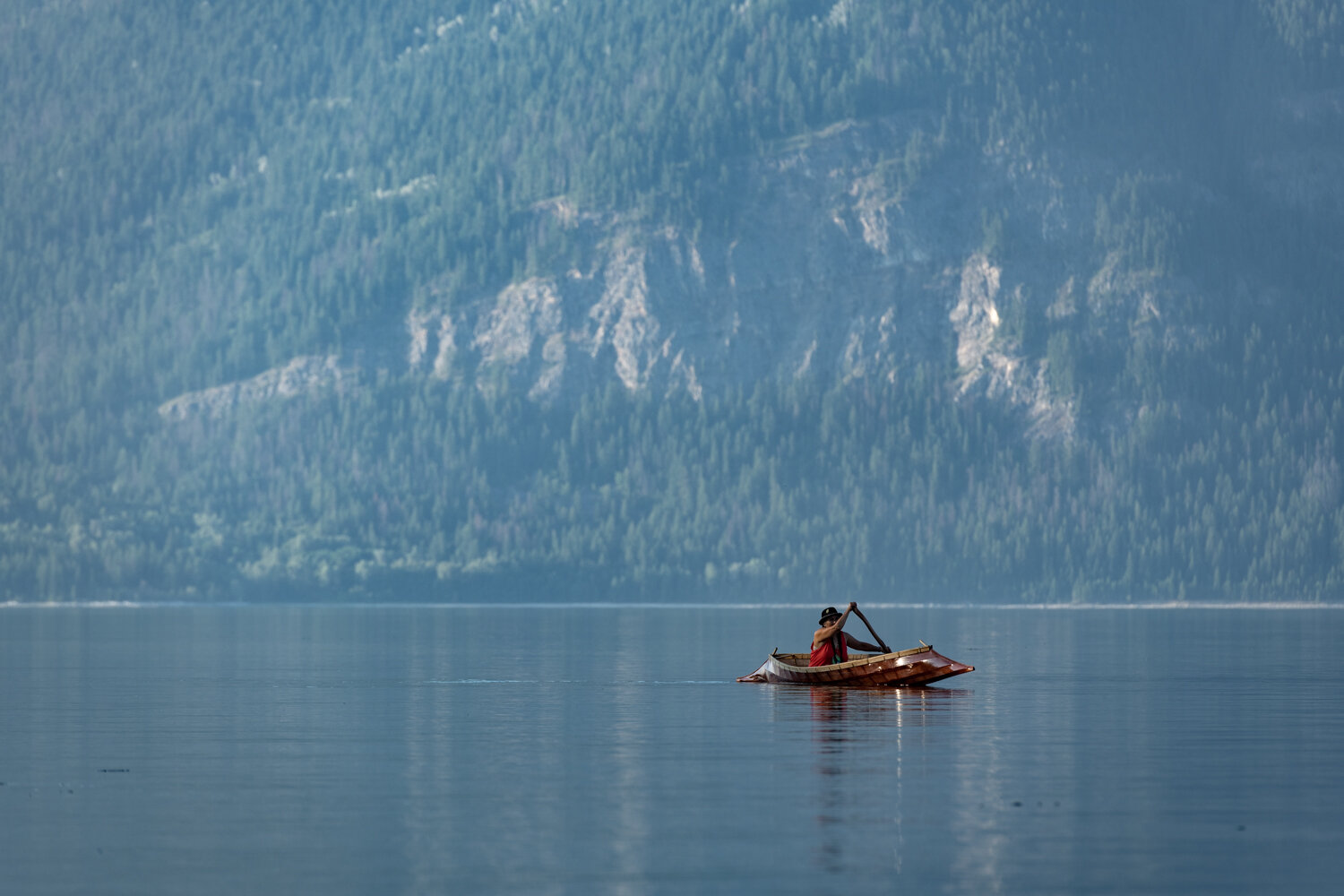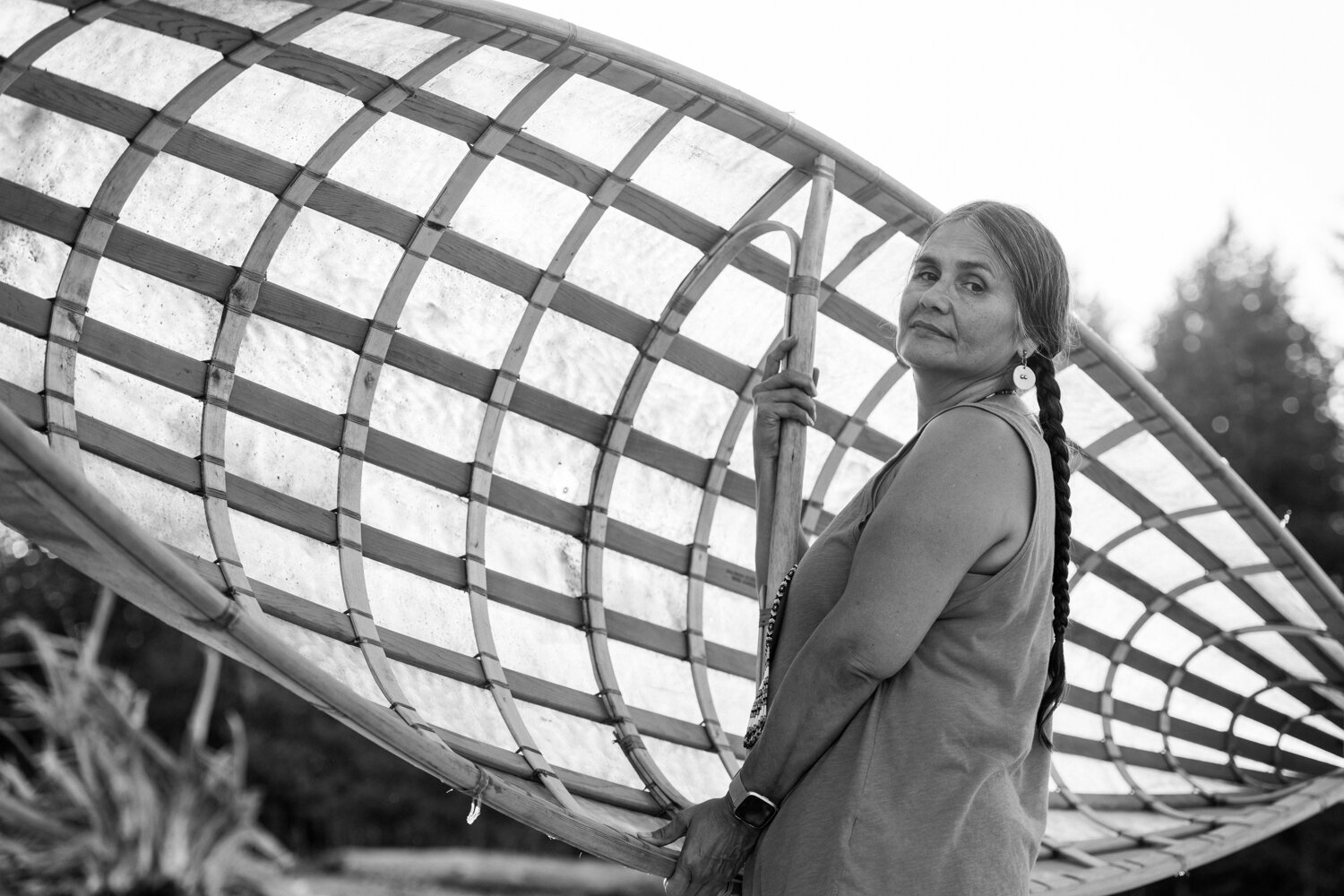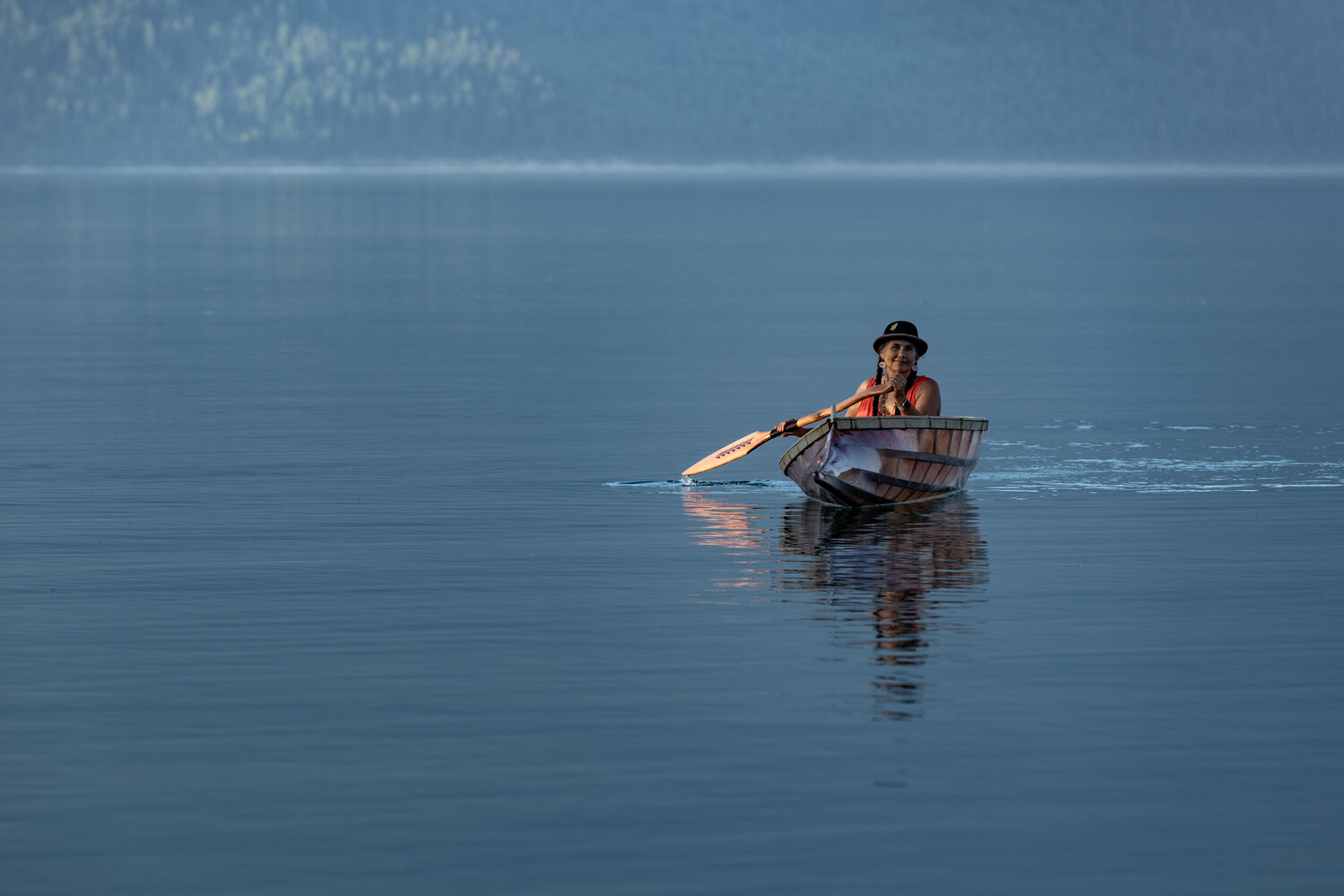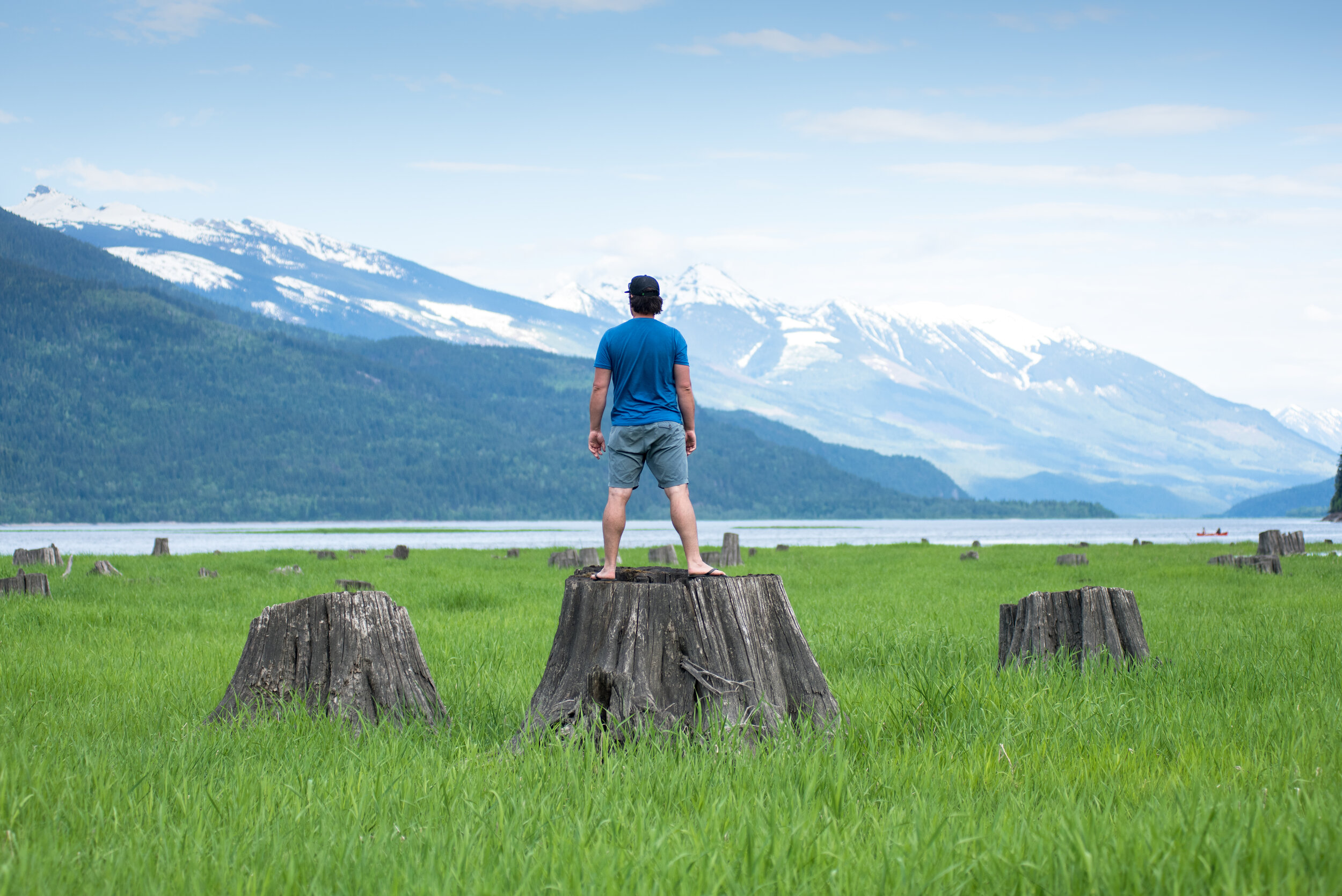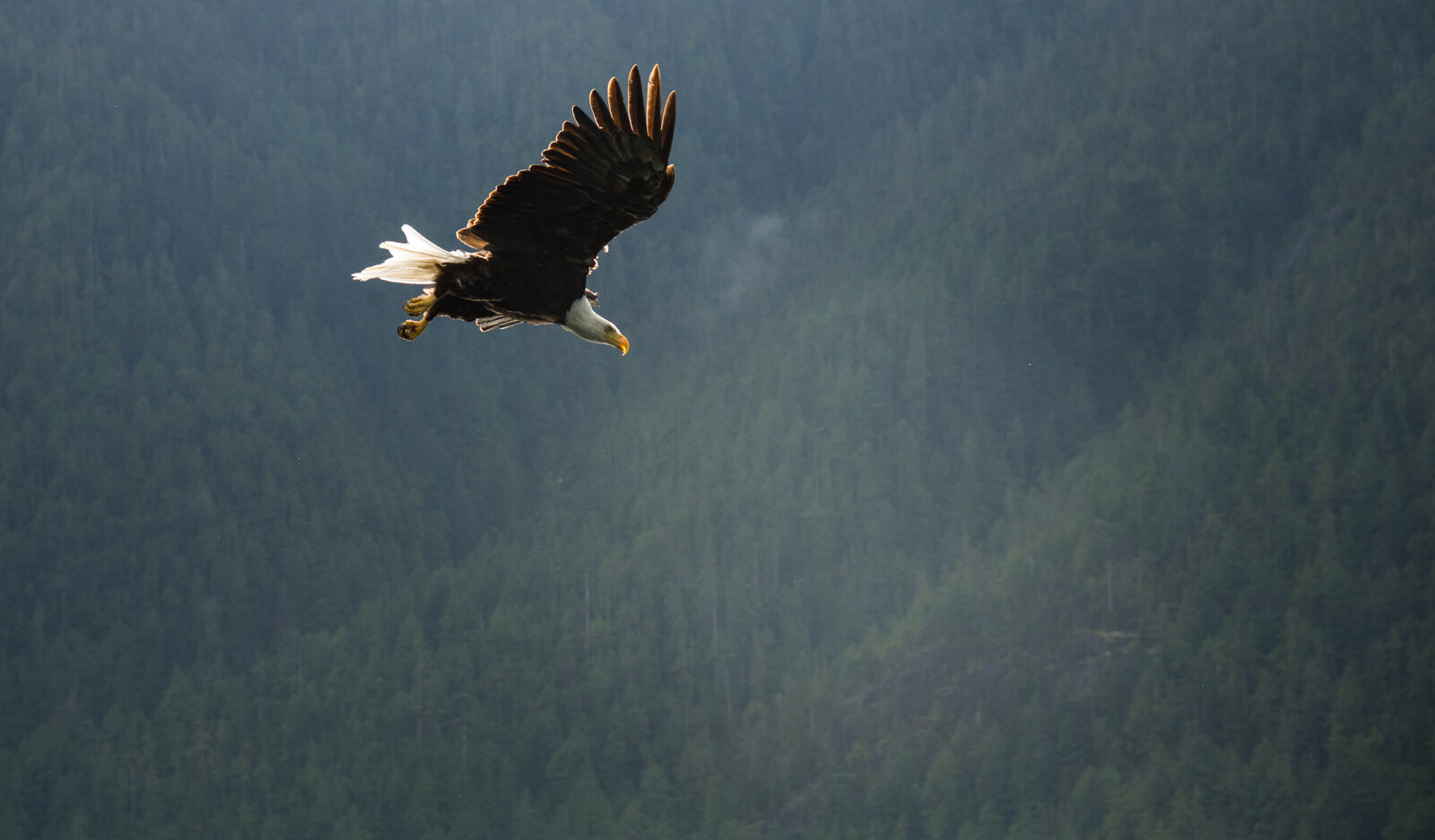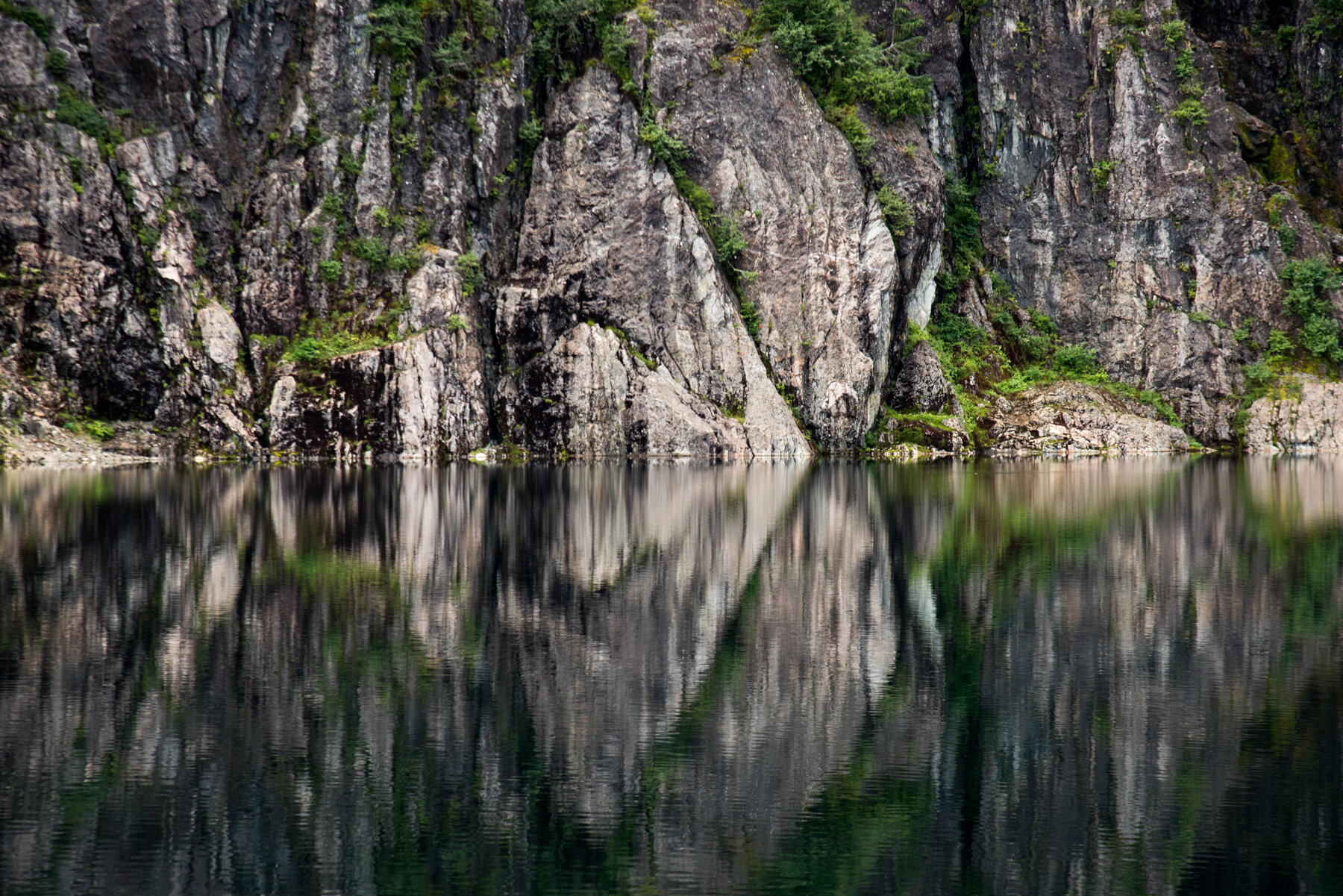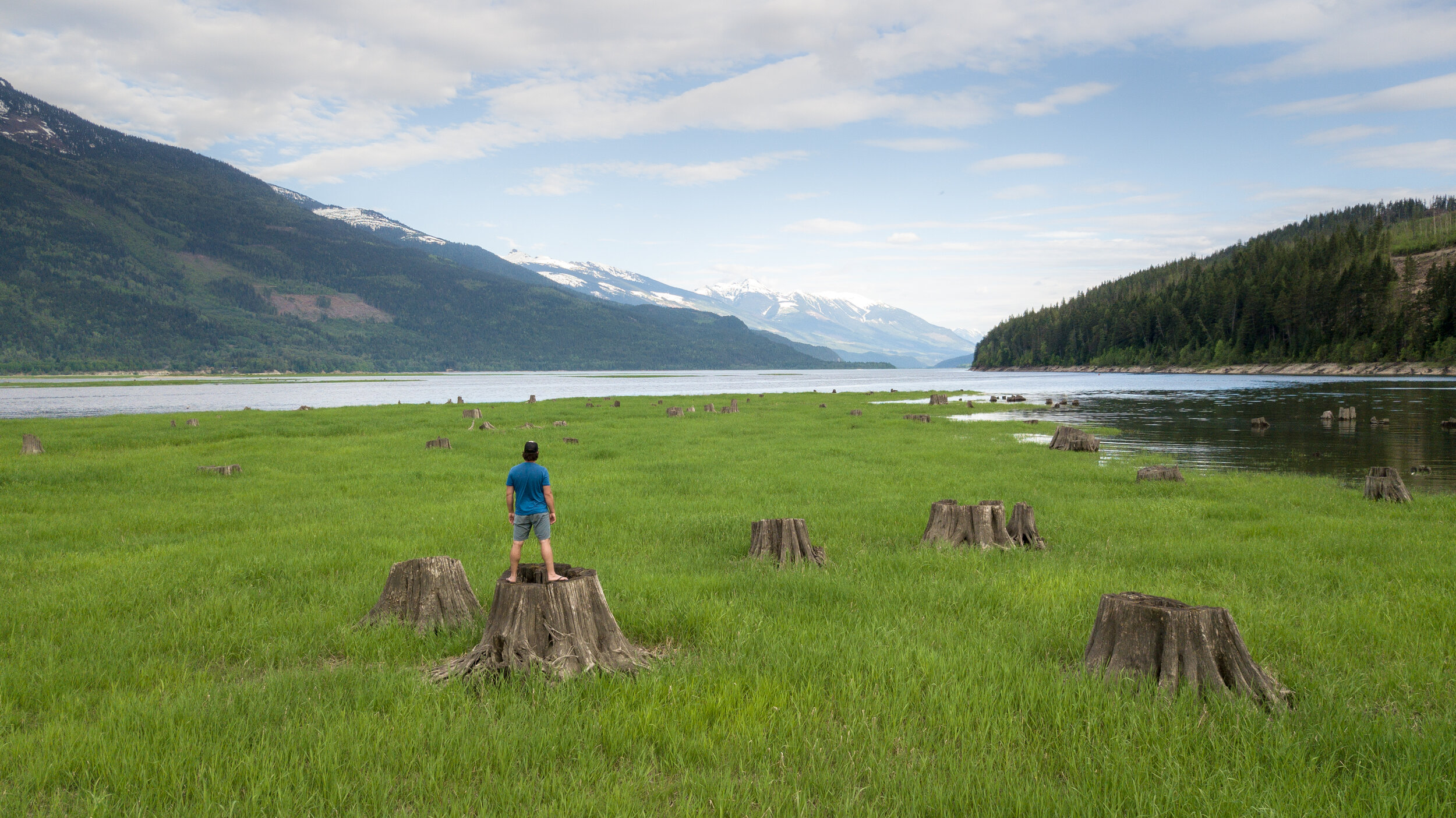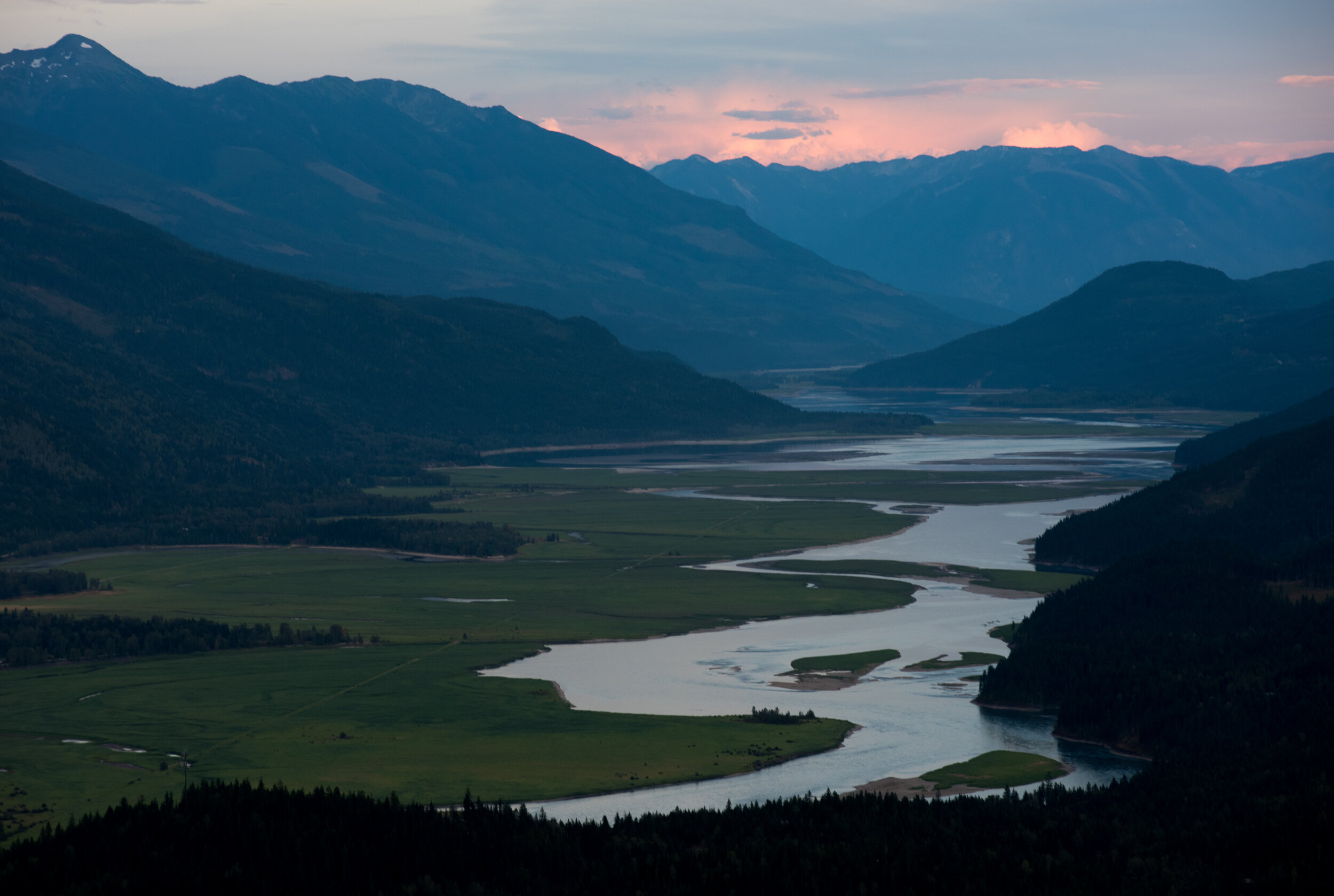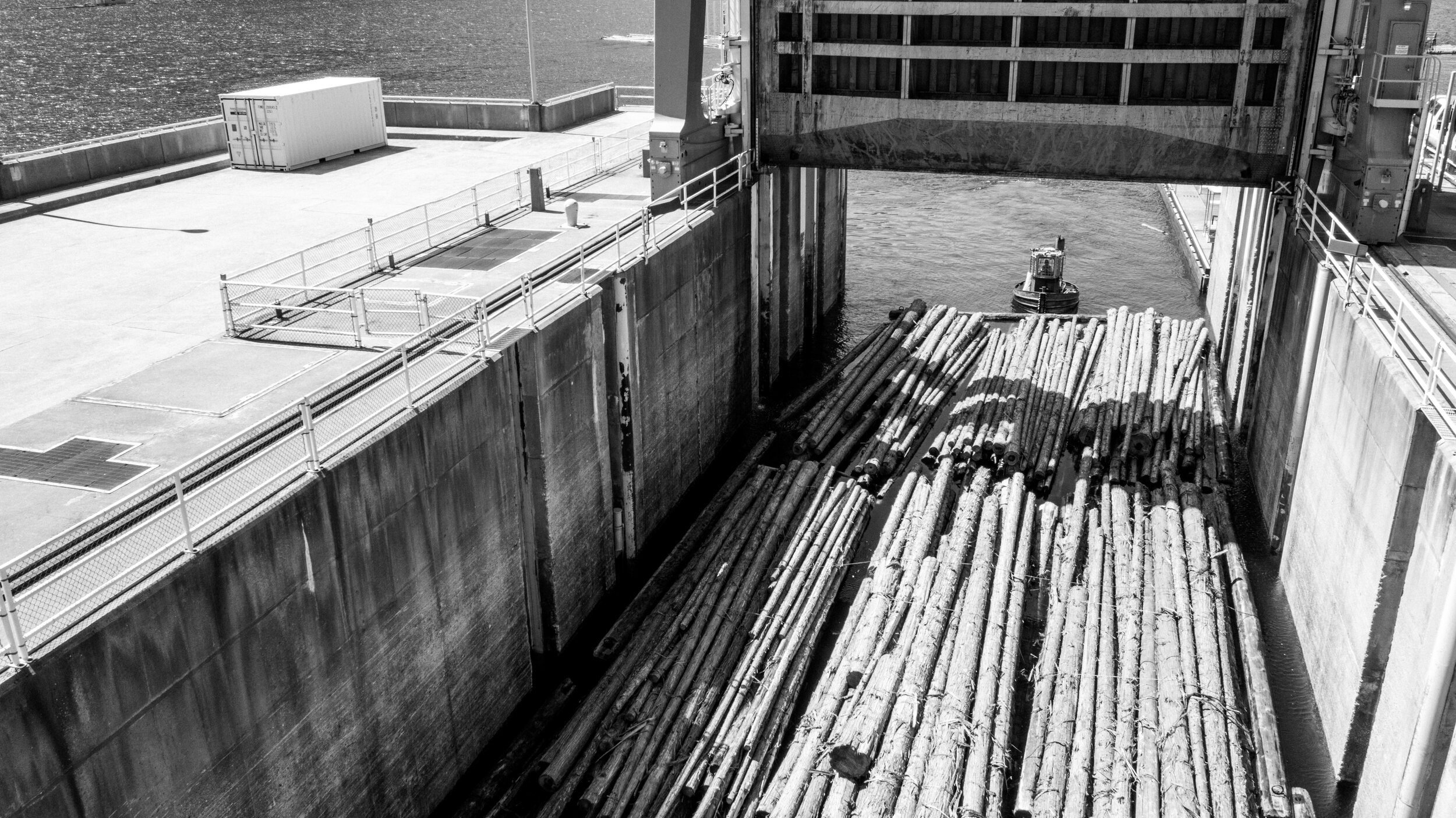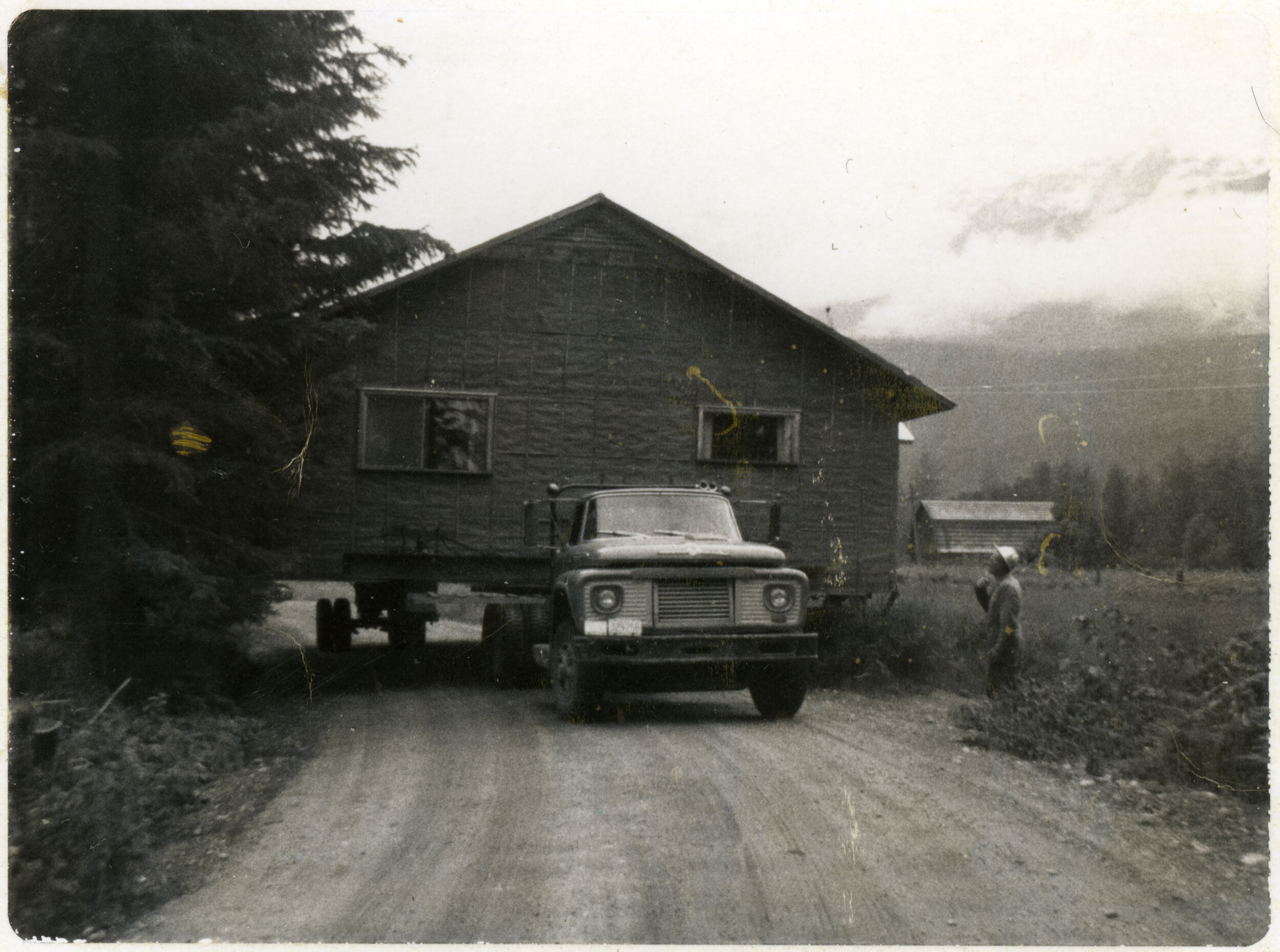Columbia River Films
It has been two years now that I have dedicated all my energy, resources and creativity to raise awareness around the Columbia River Treaty renewal. Spending all my free time, I committed to telling the stories of settlers, Indigenous people and wildlife that were displaced with the construction of the dam and the flooding of the valleys. I want to give them justice, give people a voice and allow them to grieve the loss of their land, and feel as though their story has been heard.
Ultimately, I believe in restoring the ecosystem, bringing the salmon back and restoring this important watershed.
My story with the Columbia River is one that changed my life forever when I worked as an environmental remediation scientist and I was hired to remediate and stop a million-litre fuel spill that was headed directly into the river. My coworker and I did manage to stop it but at the great expense of our health.
Later when moving to Revelstoke, I realized most people who come to visit the area, think of this landscape as it was always, unchanged. when in reality, it is scarred so deeply.
Trying to tell these stories, follow adventurers, and interview people has been a full-time job and again it seems like the weight of the Columbia River story is too much. I need help to tell these stories, document further what was lost and how we can bring back the life of the river and create a film that will do justice to its beauty and importance. It takes a village to make a film and I am reaching out. In that spirit, I created a print gallery that you can order from directly, support the work done so far and contribute to all future efforts that are needed to produce this film. Donations are also accepted and the Revelstoke Museum can provide tax receipts.
ABOUT THE COLUMBIA RIVER
This magnificent river begins its life as a stream coming up from the ground in Canal Flats, flows north toward Kinbasket Lake around the Selkirk Mountains, and veers south into Lake Revelstoke, crosses the Canadian border, and eventually spills into the Pacific Ocean. With 14 dams along its course, the Columbia River has its own story to tell. A story of engineering, displacement, and an uncertain future as the Columbia River Treaty (CRT) is renegotiated.
WHY NOW?
This film parallels the lives of Indigenous, new and older Canadian residents of the Columbia River before and after the implementation of three major dams. The loss of land, history, livelihood and traditions that we can now find underwater will come back to the surface. Entire villages flooded. Pieces are remaining underwater. While some lucky farmers moved entire farms on their uphill land, others without higher ground were forced to move away from their land, often without adequate compensation to start over elsewhere. Indigenous communities lost their sacred sites, and most importantly, their salmon. Entire forests logged and now can be seen as a surrealist scene in the middle of the river. Legend says there is still old-growth forest standing. I want to bring to life the tales, the people and the submerged landscapes and river.
BRINGING BACK THE SALMON
Before Grand Coulee Dam was completed in 1941 on the Columbia River in Washington State, salmon were a vital part of the Basin ecosystems and cultures. Chinook salmon spawned in the Columbia headwaters near Canal Flats, the Arrow Lakes supported a very large run of sockeye salmon, and steelhead used the lower reaches of the river in Canada. Salmon represents the essence of life for Indigenous people and settlers.
Few animals have been as central to the Pacific human experience as salmon. Their annual migrations are a miracle of nature. They feed us and their presence tells us that our rivers are still healthy. From grizzly bears to orca whales, at least 137 different species depend on the marine-rich nutrients that wild salmon provide. The last intact salmon watersheds around the North Pacific are composed of free-flowing rivers and dense forests, which provide clean drinking water and absorb carbon to slow climate change. Pacific salmon fuel a $3 billion industry, supporting tens of thousands of jobs and local economies and communities around the Pacific Rim. Millions of people around the Pacific rely on salmon as a healthy and reliable source of protein. Indigenous people have always seen the salmon as the life-sustaining centrepiece of their culture, dating back millennia.
In short, salmon are the key to protecting a way of life rooted in the North Pacific environment: protect salmon and you protect forests, food, water, communities, and economies. Research has shown that only an aggressive, proactive approach on the strongest remaining salmon rivers can halt the decline of these iconic species and all the benefits we derive from them.
Various technology such as the salmon cannon, allows fish to go over large dams. Bringing back the salmon in the Columbia River will require extensive study and effort of both sides of the borders and must be the ultimate non-negotiable interest for the renewal of the Columbia River treaty. Unfortunately, similarly to the climate change deniers, a new species need to be taken down; the salmon denier! Bringing back the salmon is not at the center table of the renegotiation, while it has to be non-negotiable.
FACTS ABOUT THE COLUMBIA RIVER
The Columbia River totals 2,000km, crossing 14 dams. Before the dam implementation, the Columbia was the biggest salmon run in North America. Key themes related to the river include flood control, energy production, fisheries and migration, ecosystems, agriculture and food security, navigation, economic stability and growth, loss of sacred sites, displaced communities, and changes in climate and hydrology.
CULTURAL VISION
Shelley Boyd, Sinixt
Build visually memorable films that document the tales lost with the flooding of the Columbia River in 1967. Water flowing footage edited in reverse will give the impression of going back in time. Aerial footage of the Columbia River will bring beauty to the film. Underwater footage of giant cedar forest still standing will be revealed (some of the wood did not get logged in time when the dams were implemented).
The stories of the people who lived on the banks told. Some of these people (the adults of that time circa the 1950s) are approaching the end of their lives, so their story is fundamental to capture.






